About two months ago we were given a large collection of radios, chassis and parts. This was such a nice thing to do. The collector had just retired. He had a lot of projects and travel planned and did not want to liquidate the collection by selling individual radios.
So after two truck/trailer loads, there were radios stacked in the shop and at both the front and back doors.
THIS story is about the two 1926 Neutrowound receivers that I acquired in the meantime.
I am in the process of saving the specimen above. The greatest challenge will be finding the missing tube shields/covers.
For the moment, we'll concentrate on the other unit, below.
Though this is a good radio, by 1926 the design was a bit dated. Then by 1928, the battery powered TRF was really behind the times. I can't really see why this design was popular in any of the years it was produced.
Pictures really don't express the size of this radio, measuring almost 3 feet long. It had 3 stages of tuning and the 3 dials rather than a single dial, as was becoming the standard of the time. I suppose that in a home that was yet to be "electrified" the need for batteries in 1927/28 was not a problem but elsewhere, the new AC powered radios were more desirable
.
There are two significant and nearly universal challenges to restoring any of these radios. The first is RUST. A crinkle coat paint was applied to the outer metal surfaces. In the 1927 models this could be a striking blue or red. In all of the models, adhesion - at least in the long term, was not so good. This lead to a lot of rusted cabinets (see top pictures). Coupled to that, it seems that in the finishing process, shellac was applied (smeared) to the inner surfaces of the metal. This hit or miss finish led to rust on the inner surfaces as well.
The second and probably most encompassing issue is caused by the degradation of the gum-rubber mounting of the Kellogg tube sockets.
I have not seen an example of this radio where the rubber has not become powdered or at least the consistency of a sugar cookie. Needles to say, the rubber should be replaced. Gum-rubber sheet is not a common hardware item anymore and the cost of a piece may be significant. Mounting the sockets on new rubber is not an easy task either.
As you can see, mounting the sockets requires careful placement and compression of the rubber. This mount must compress the rubber without making a big hole in it, which would require starting over. I had to make a jig to hold the nuts/washers while compressing the assembly from the top. Otherwise, at least 3 (frustrated) hands would be required. By the time I made a few of these, the task was not so impossible, but at first it certainly seemed so.
Now consider what would happen if the sockets/tubes were not in the correct position. You probably would not notice until you tried to replace the top cover and even more so as you tried to install the shields. In other words, incorrect placement results in the tubes hitting the top cover and/or the shields. The best you could hope for in this situation would be for the rubber base to give enough to allow the tube to fit through the hole at a slant - not acceptable.

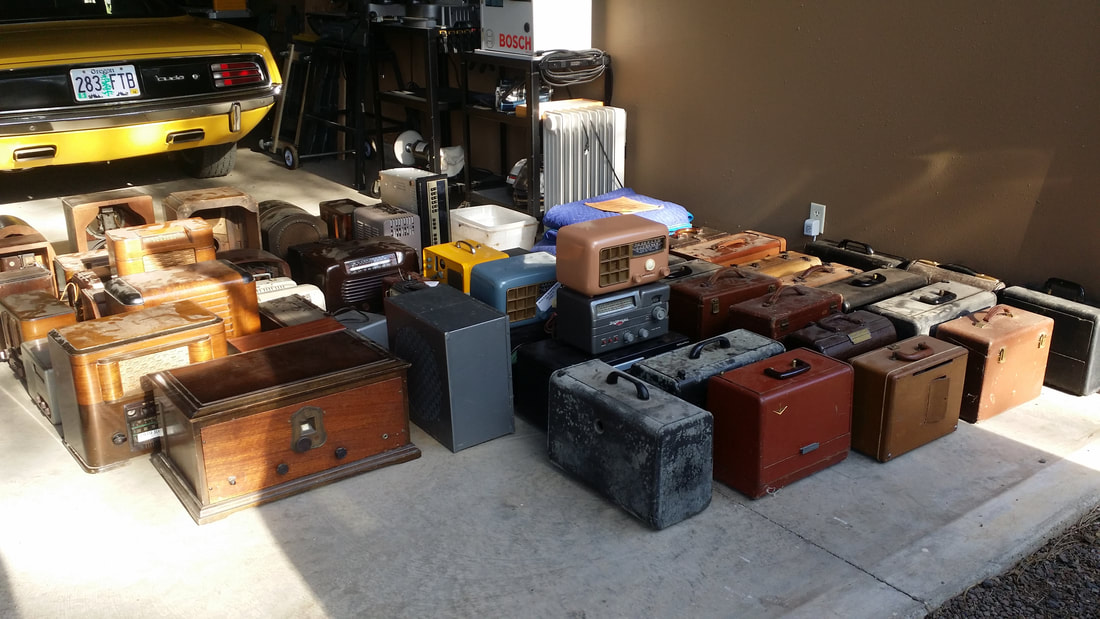
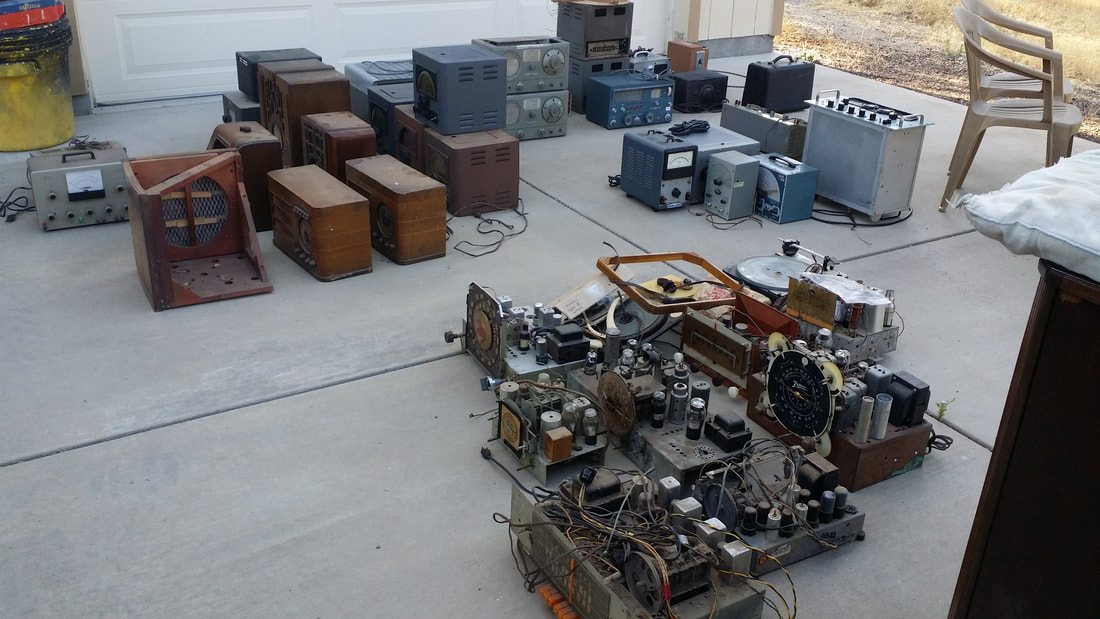
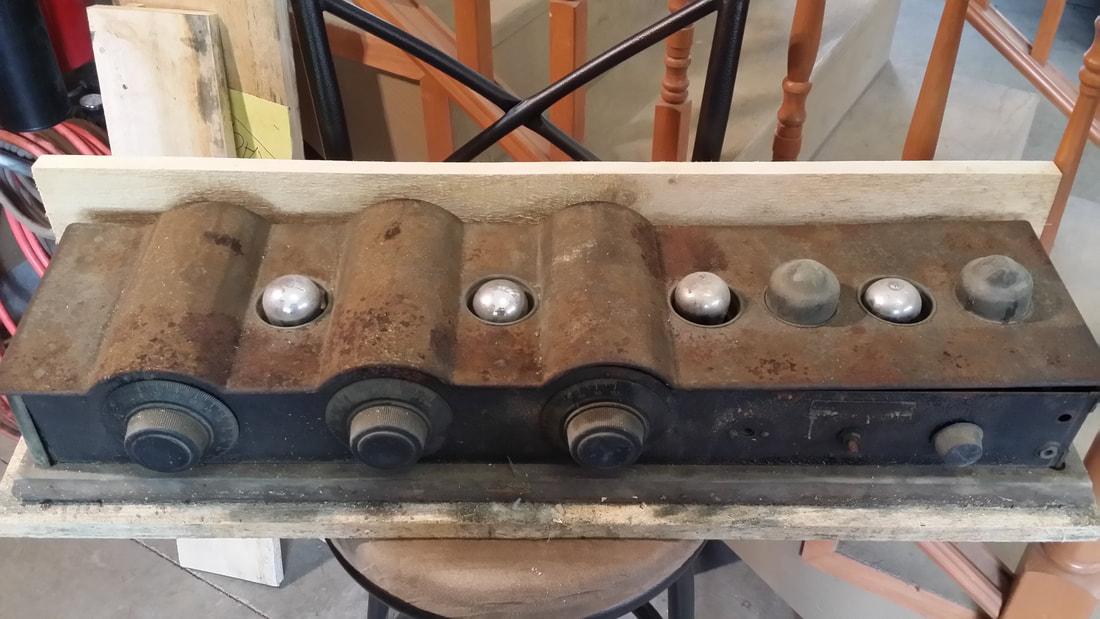
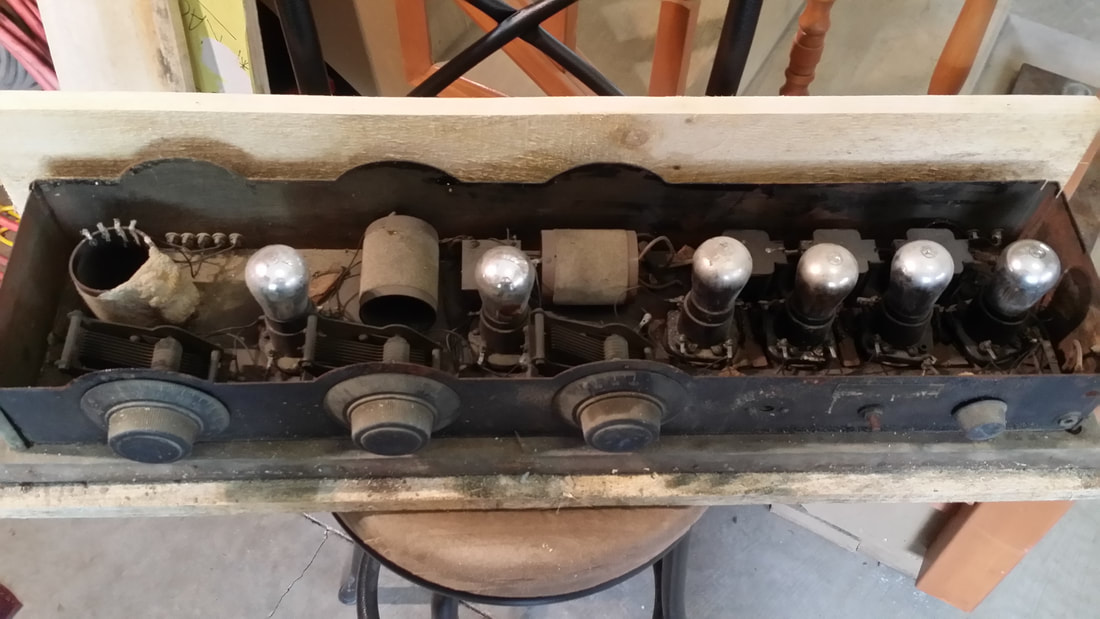
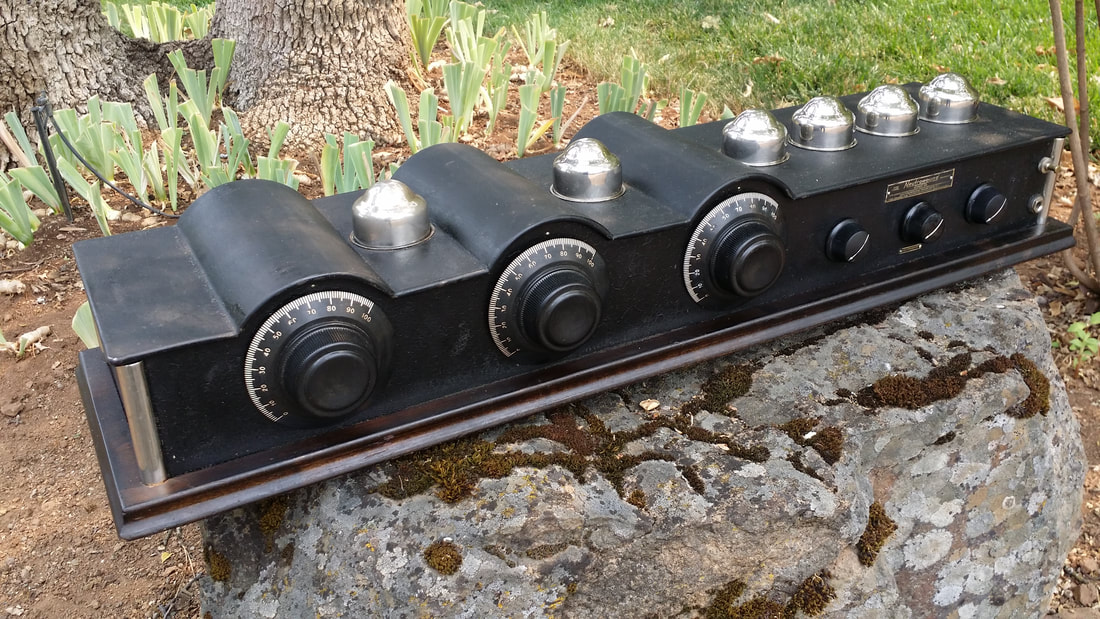
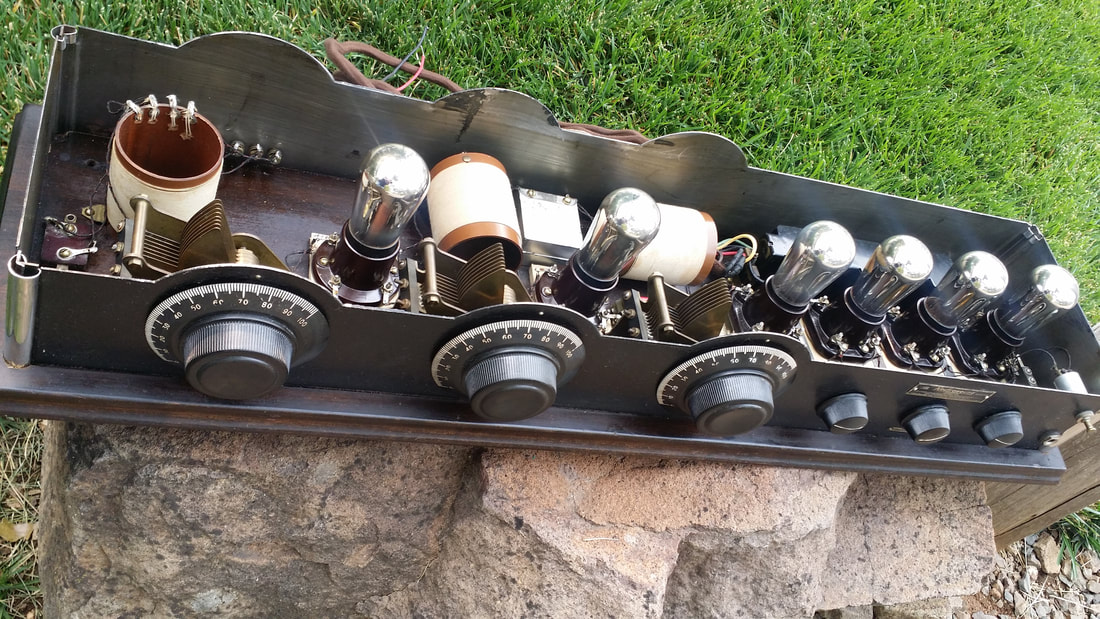
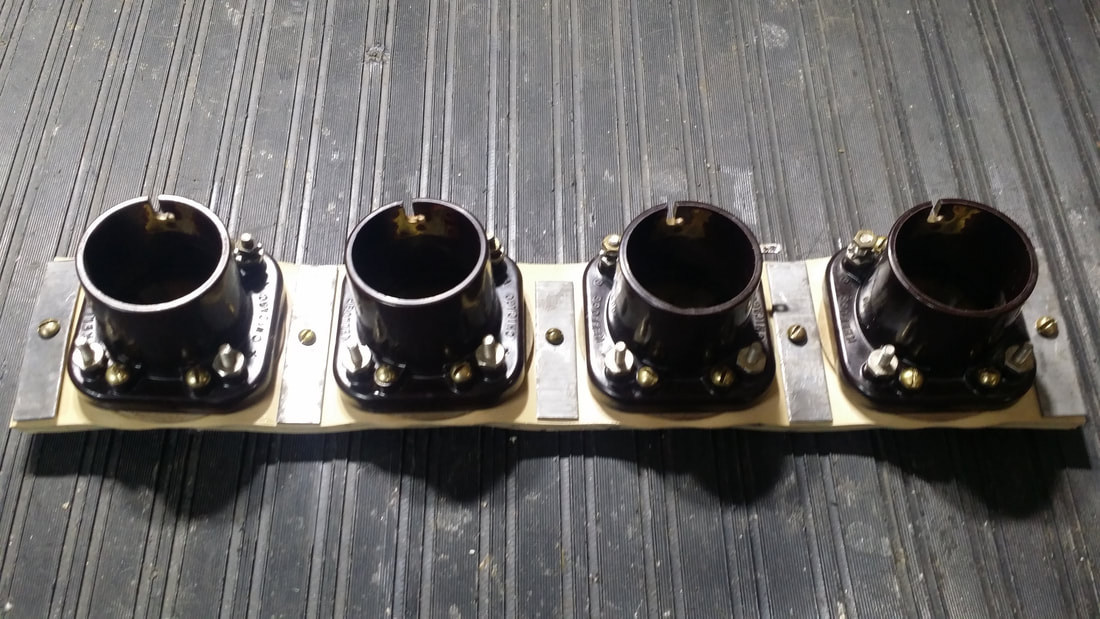
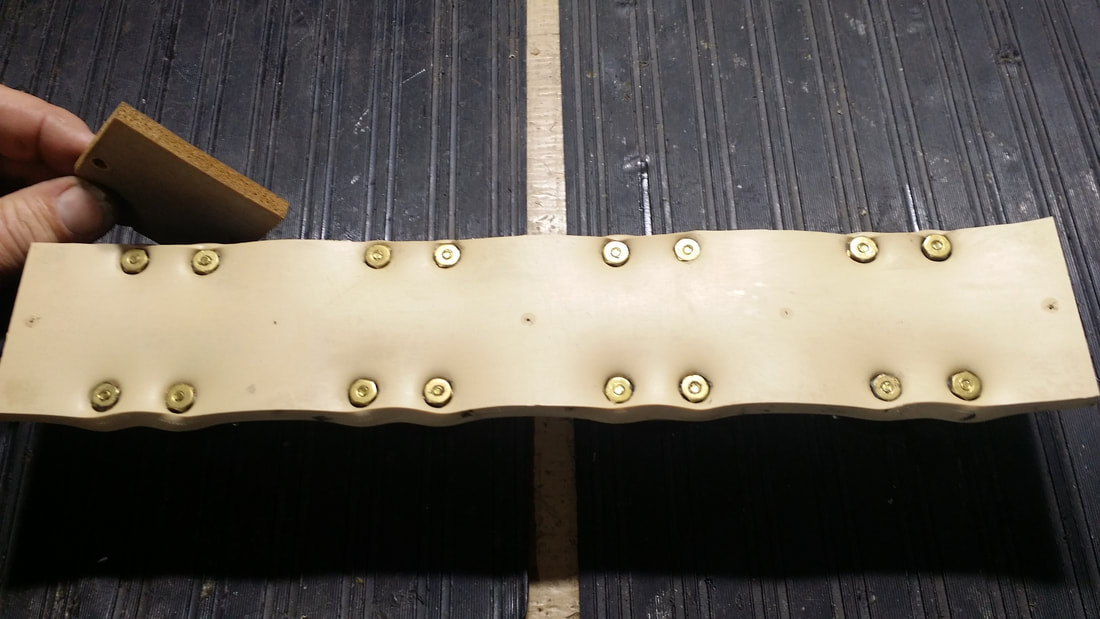
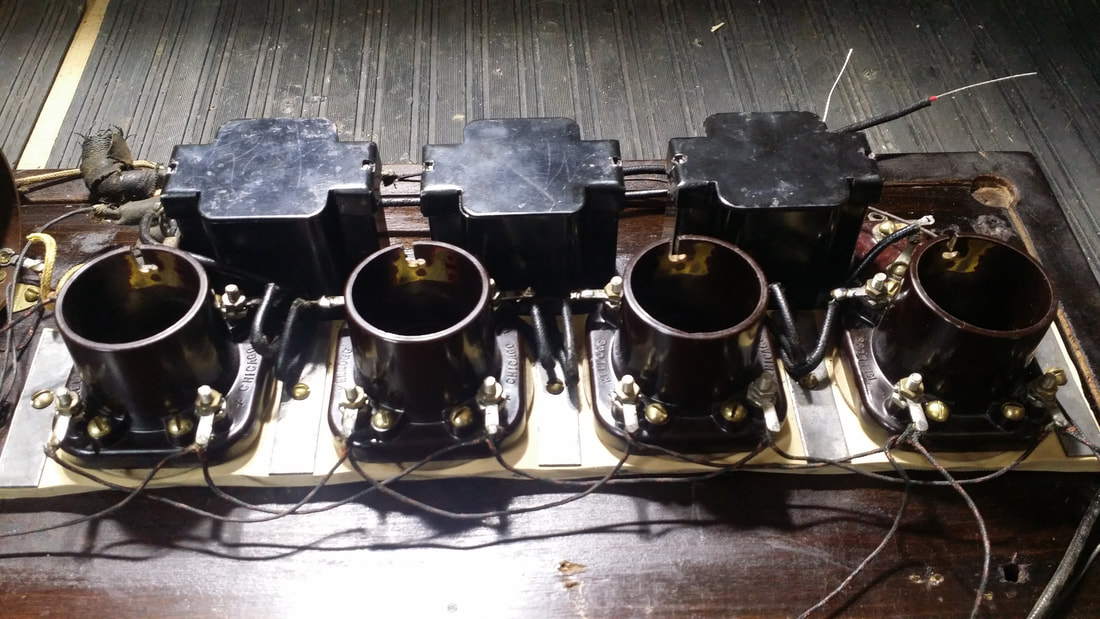
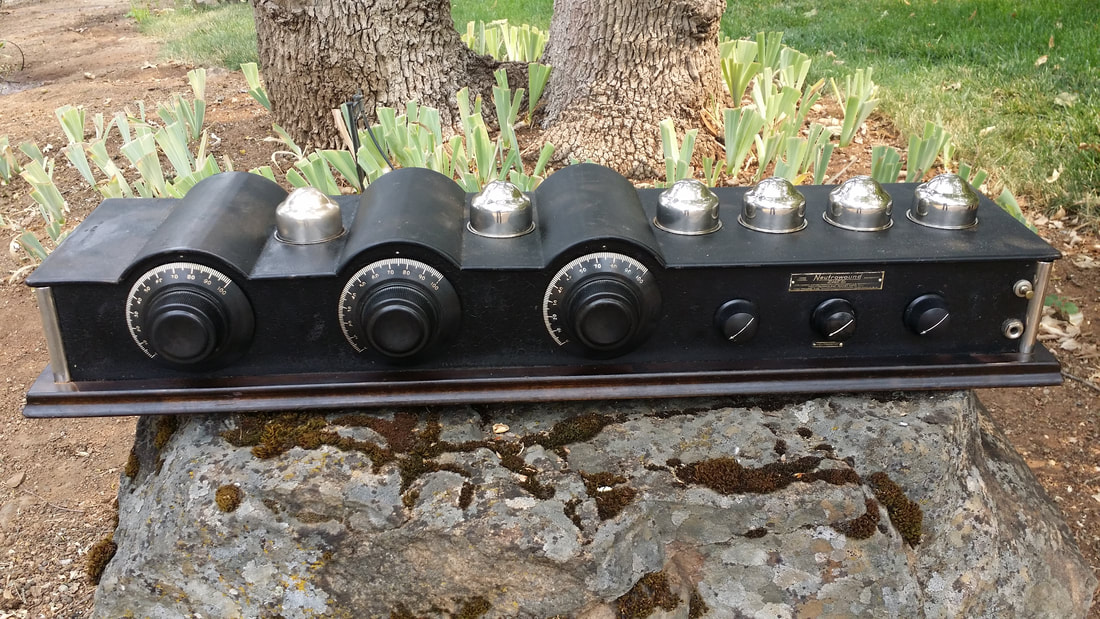
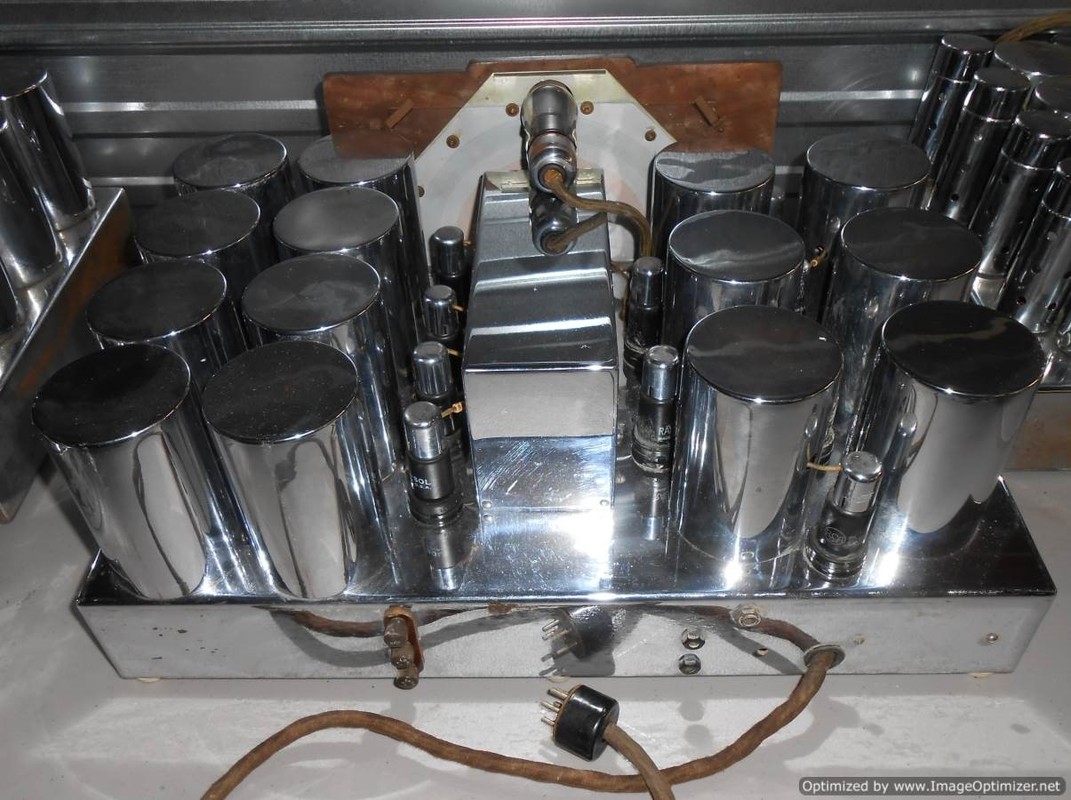
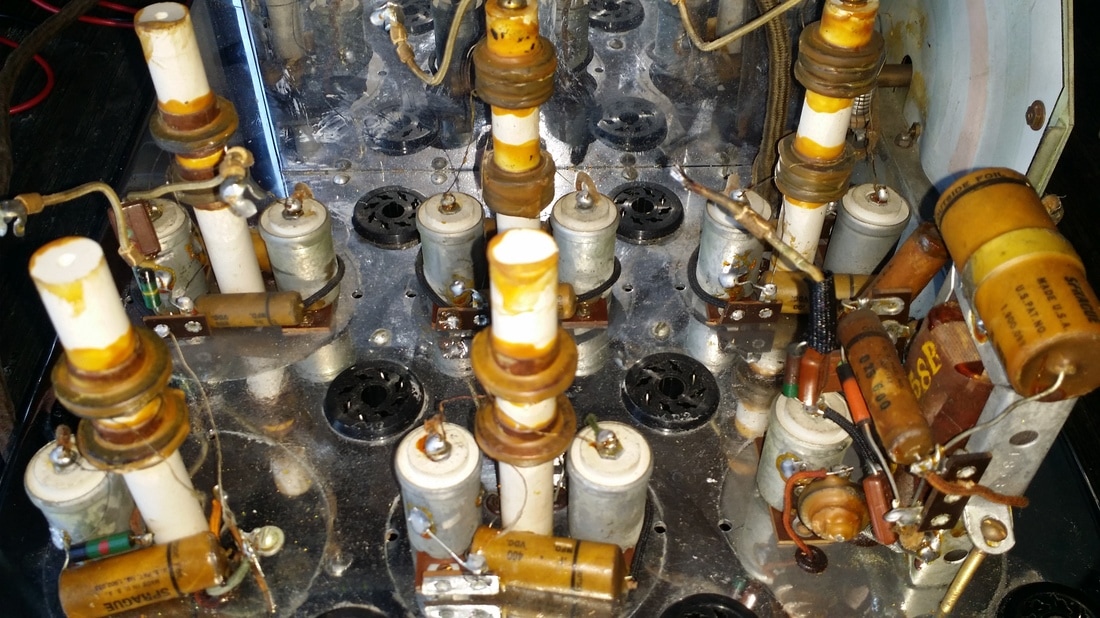
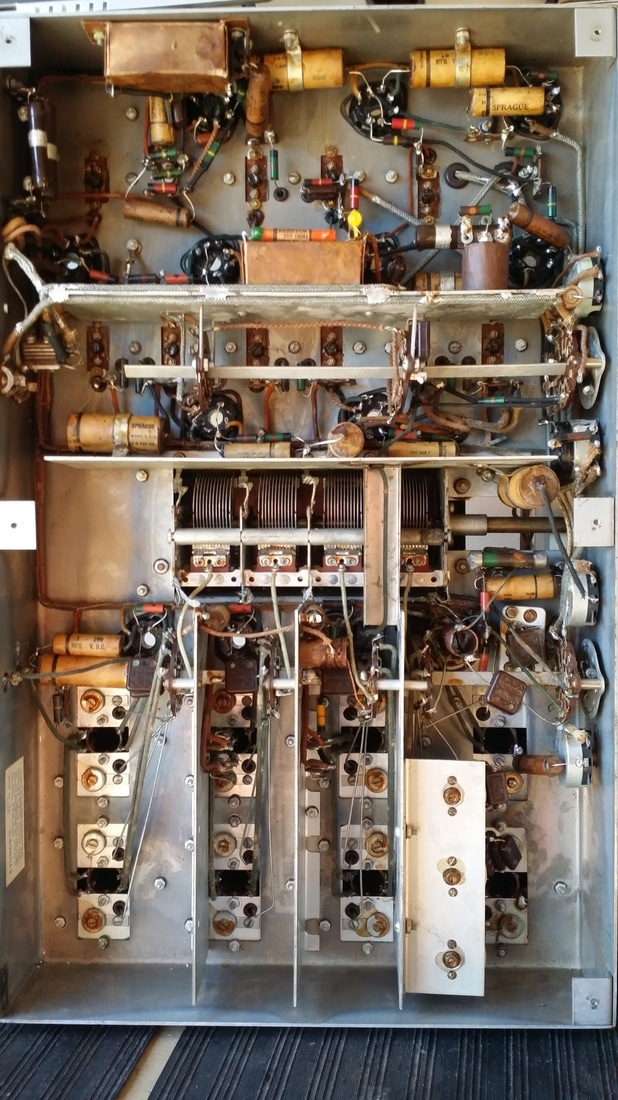
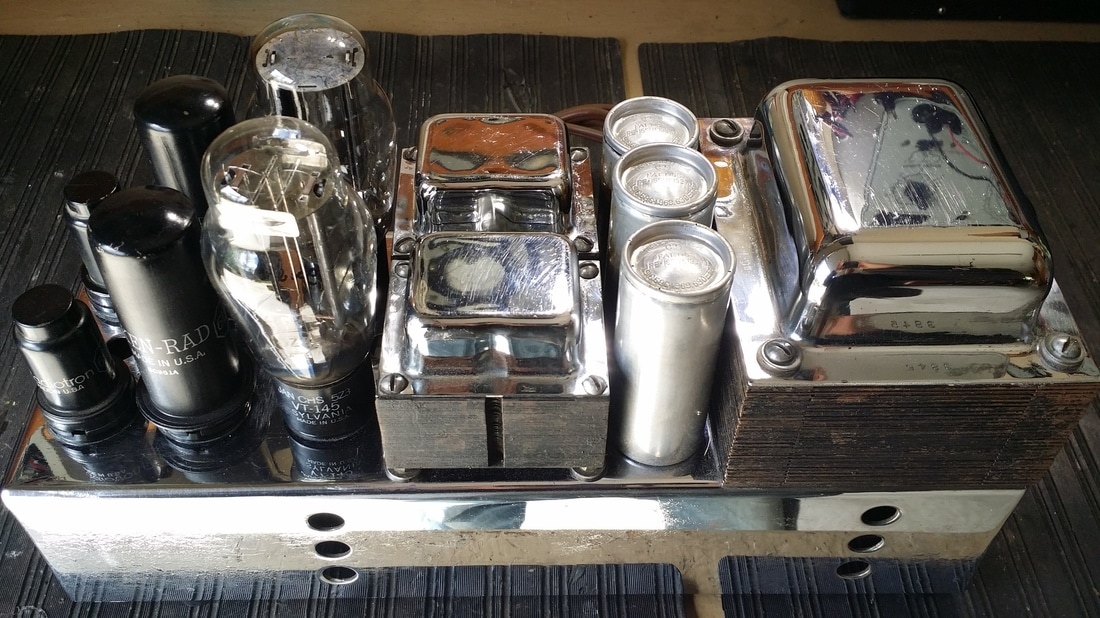
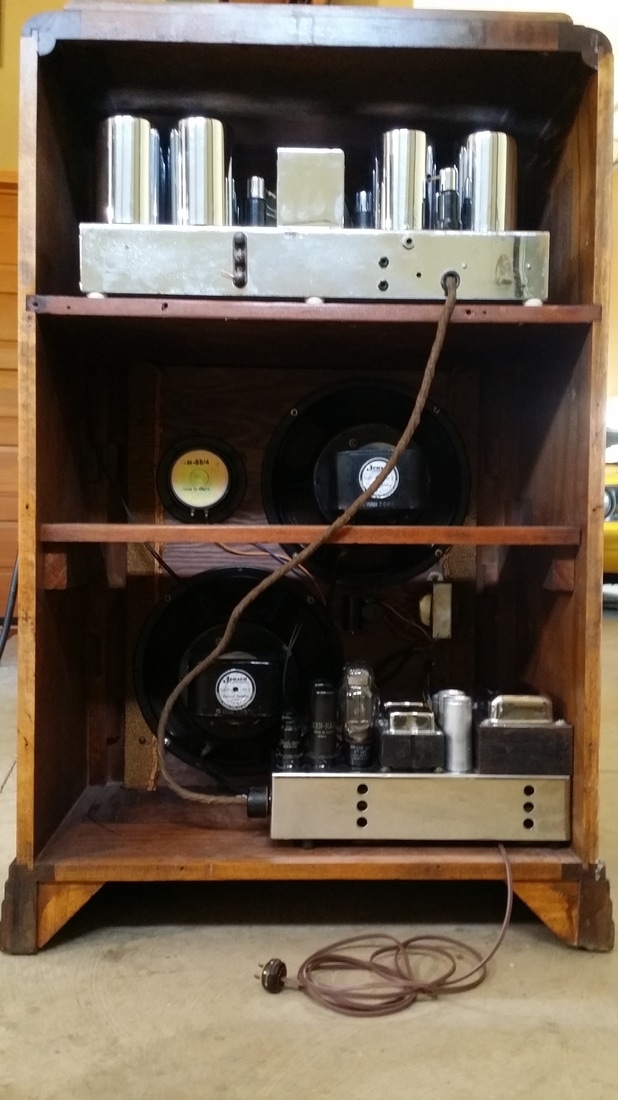
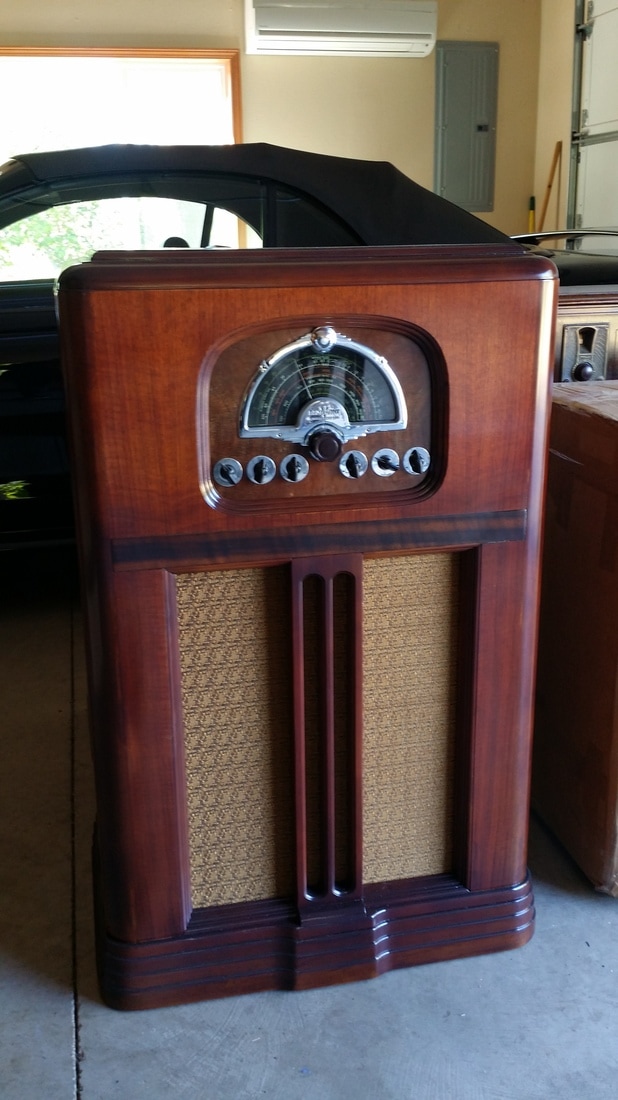
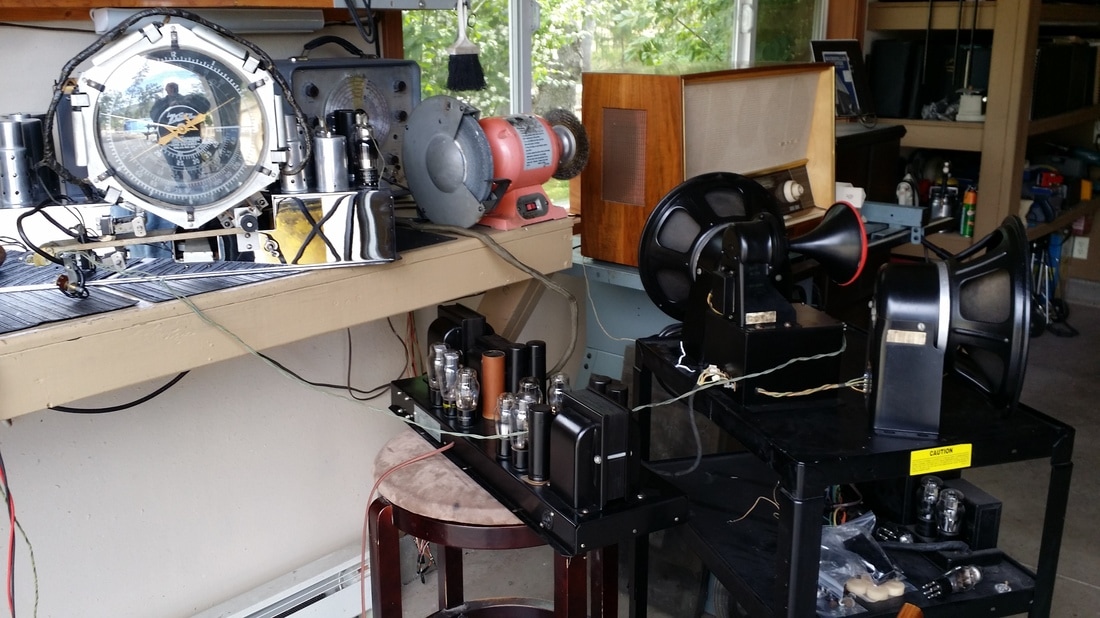
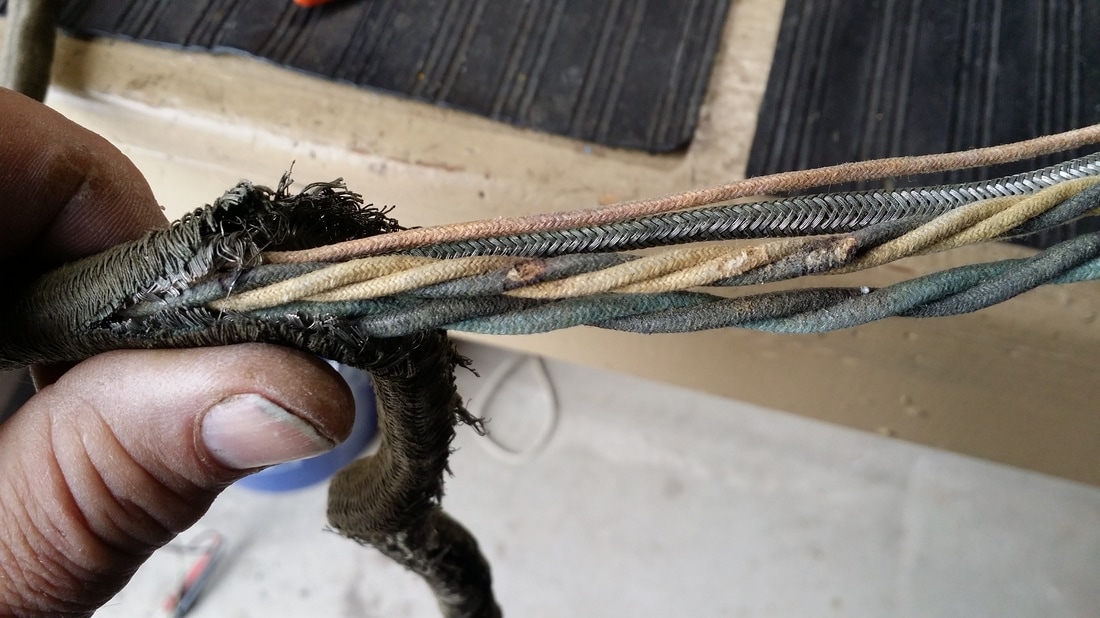
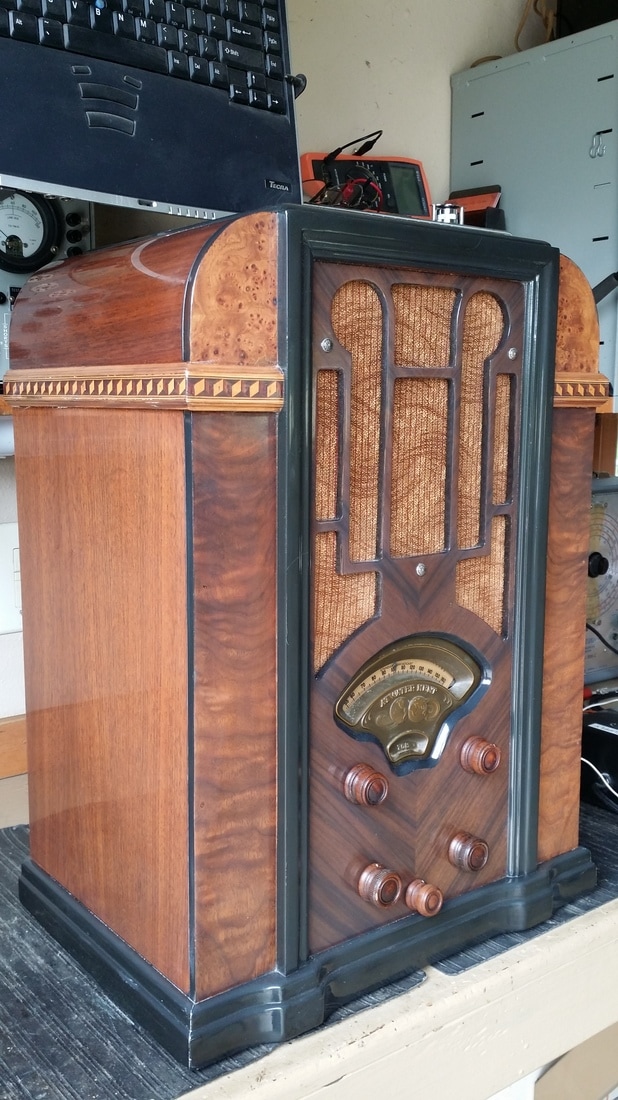
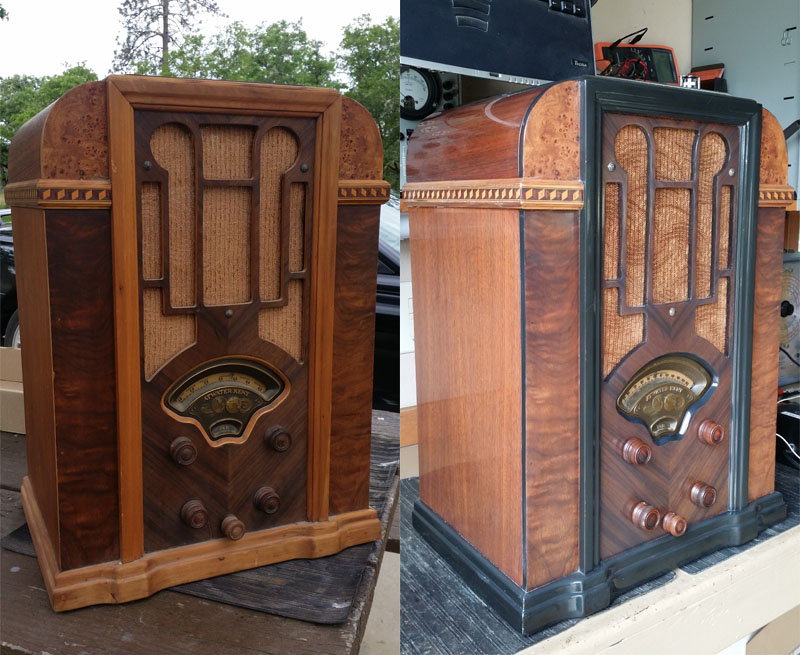
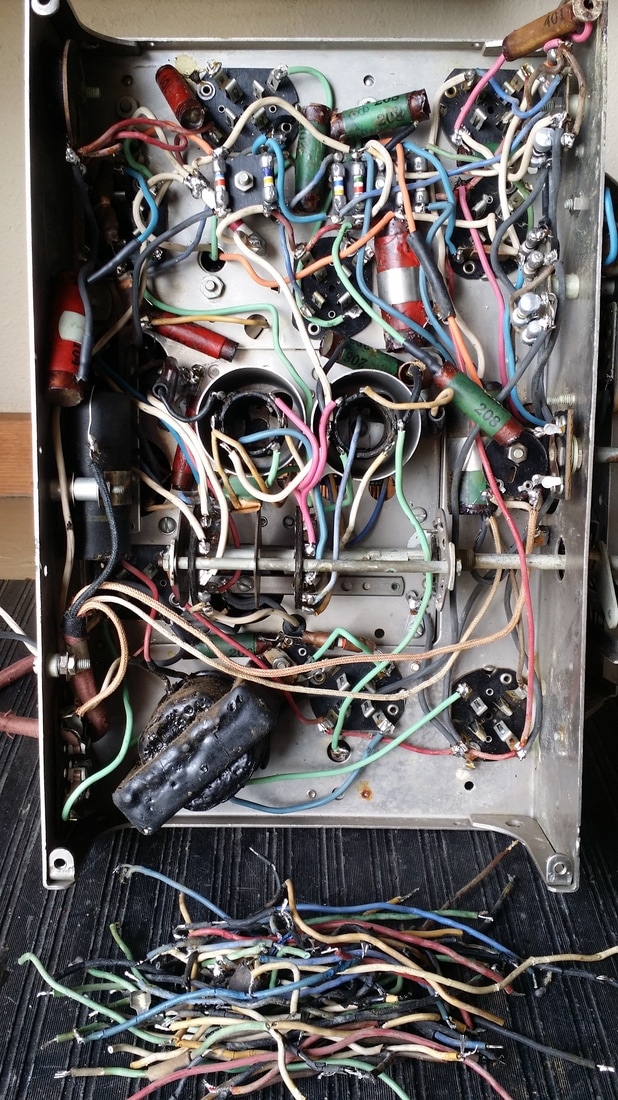
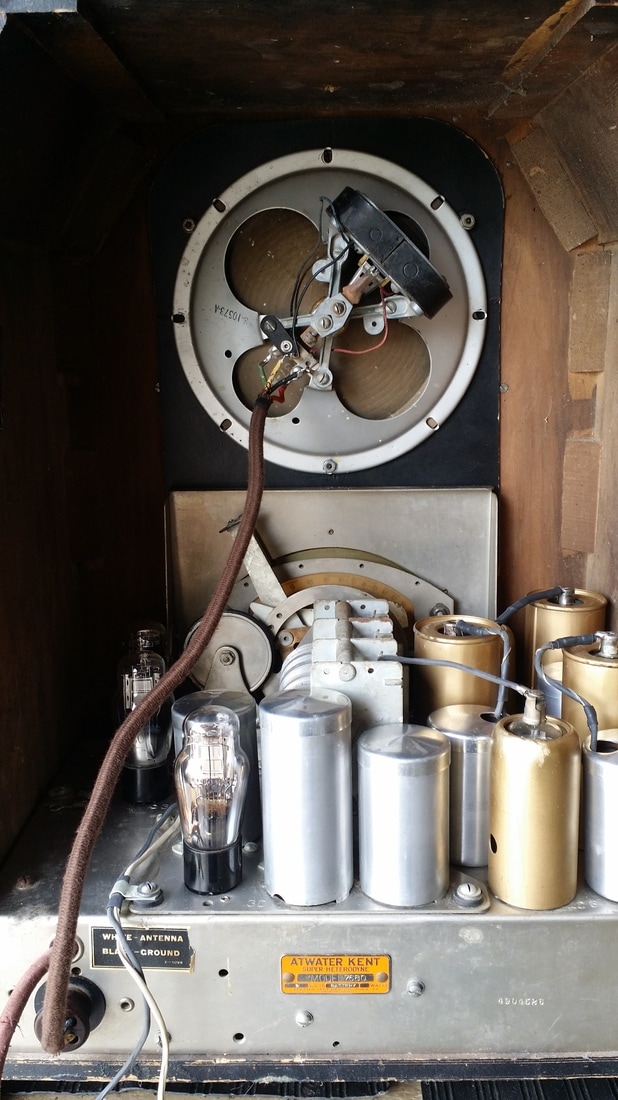
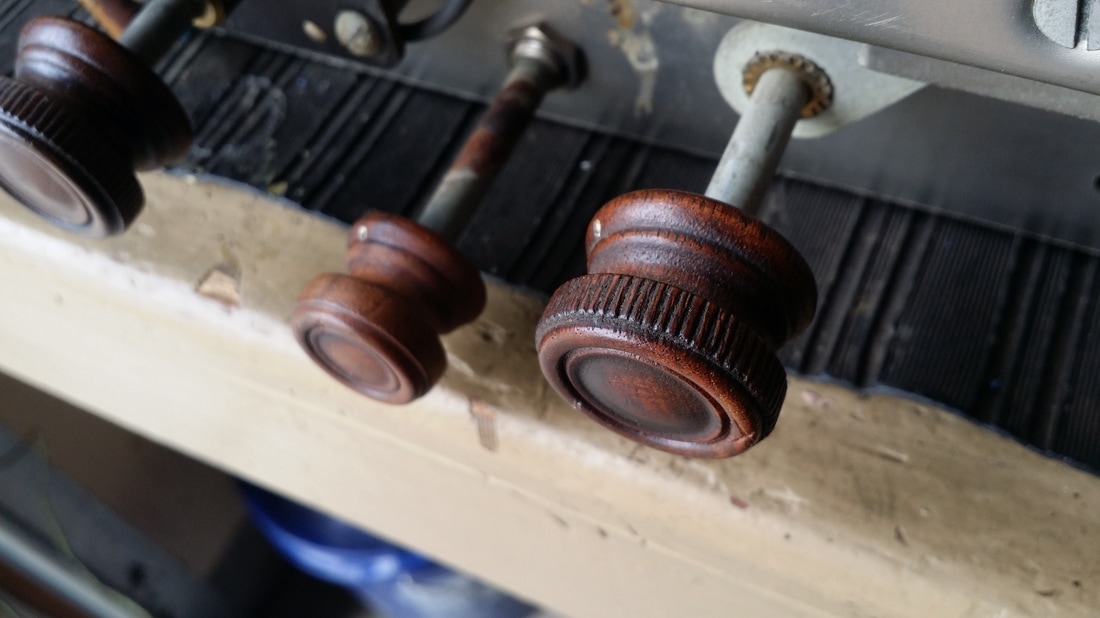
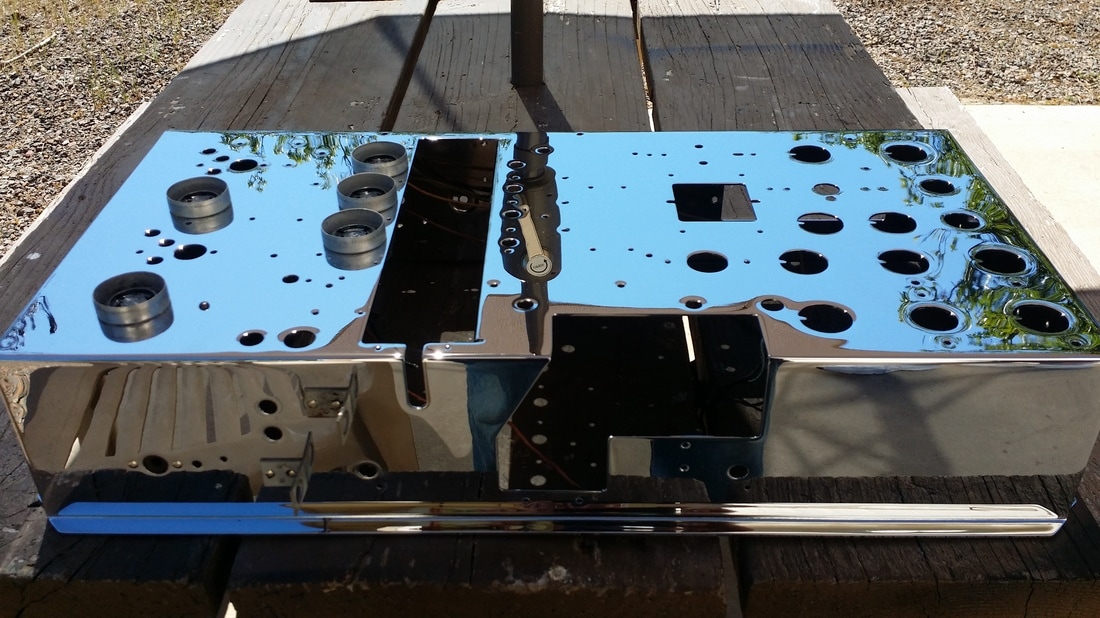
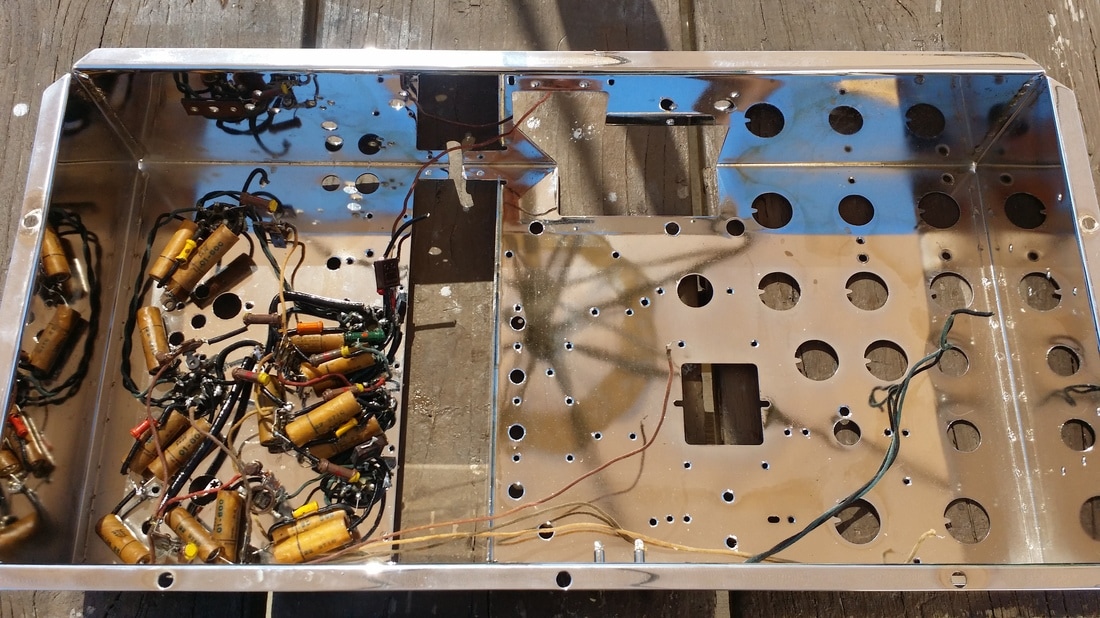
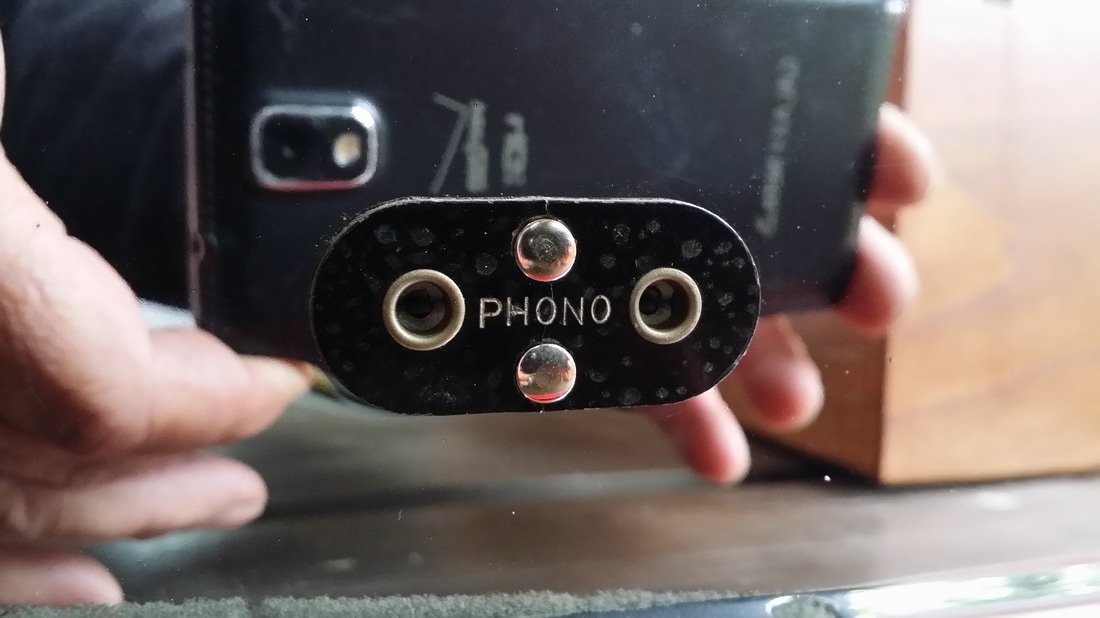
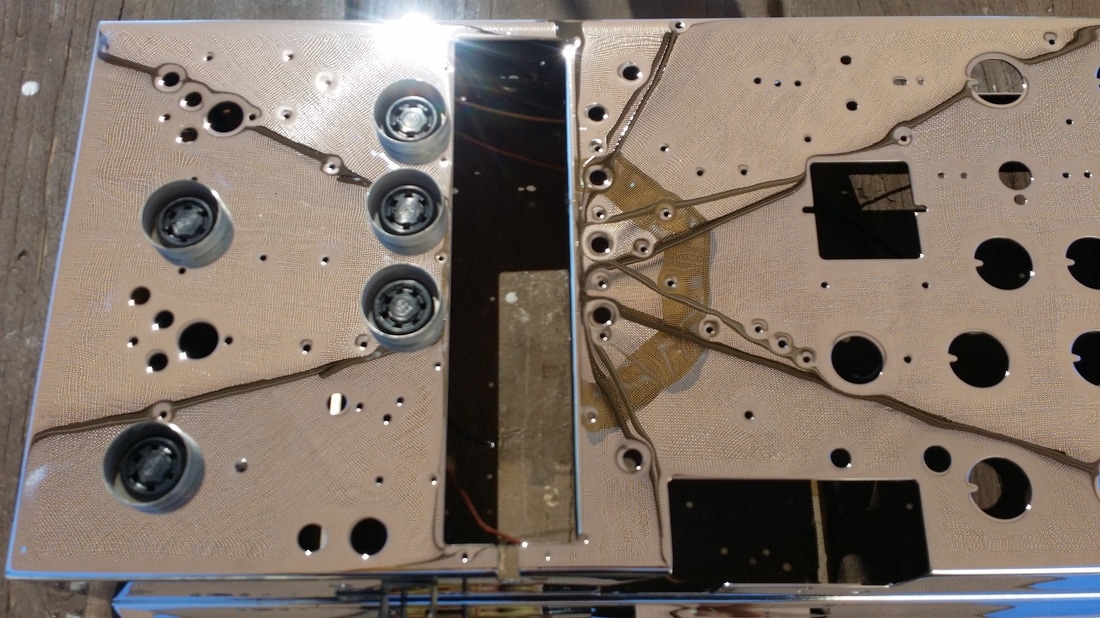
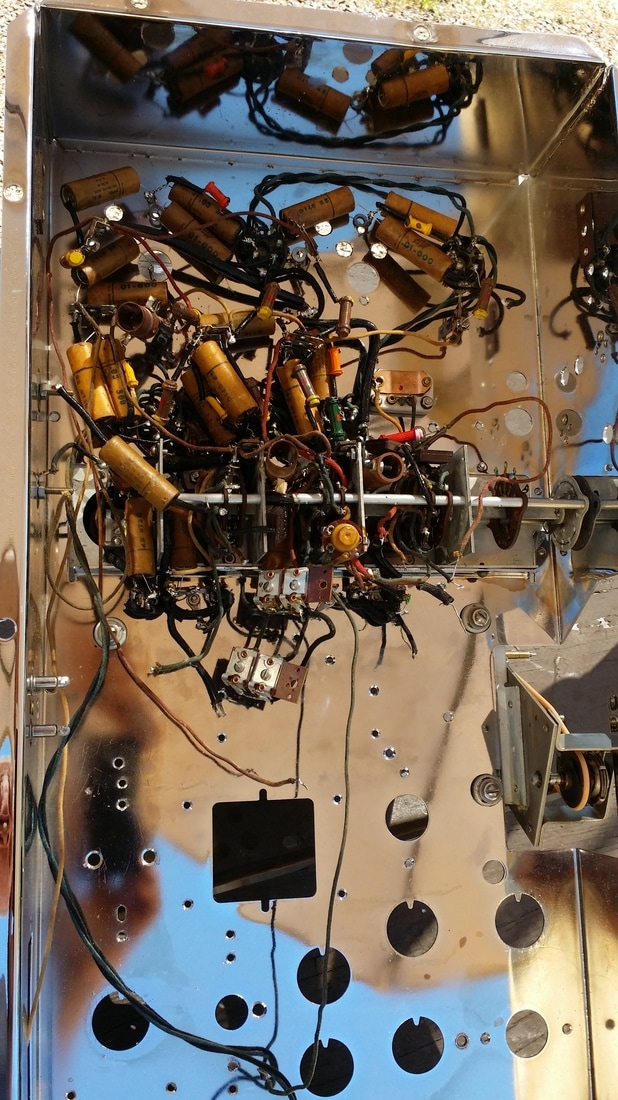
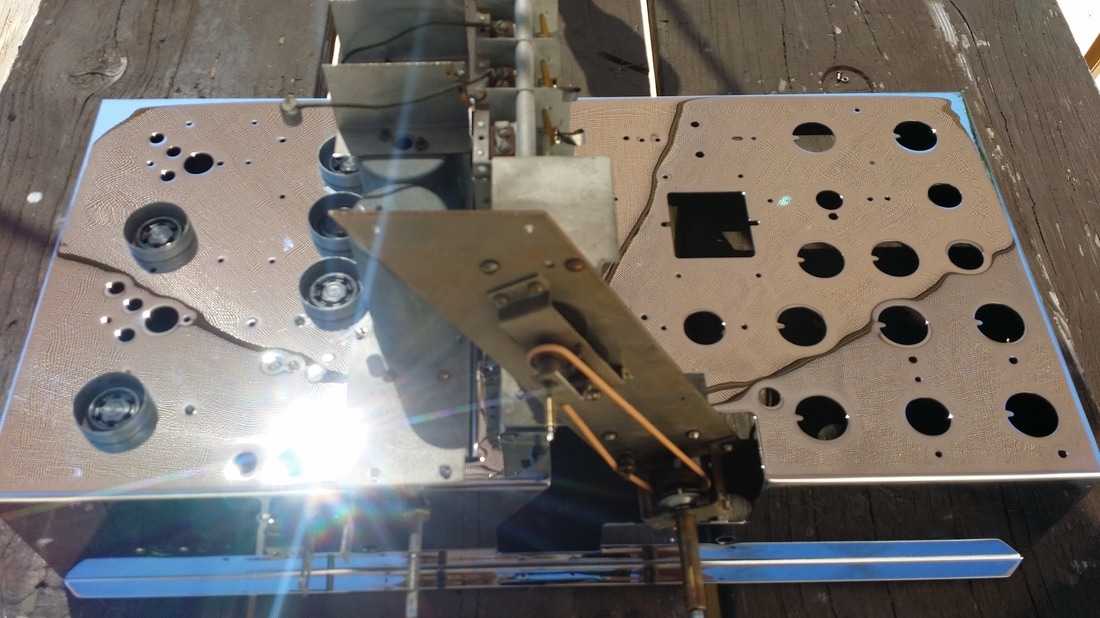
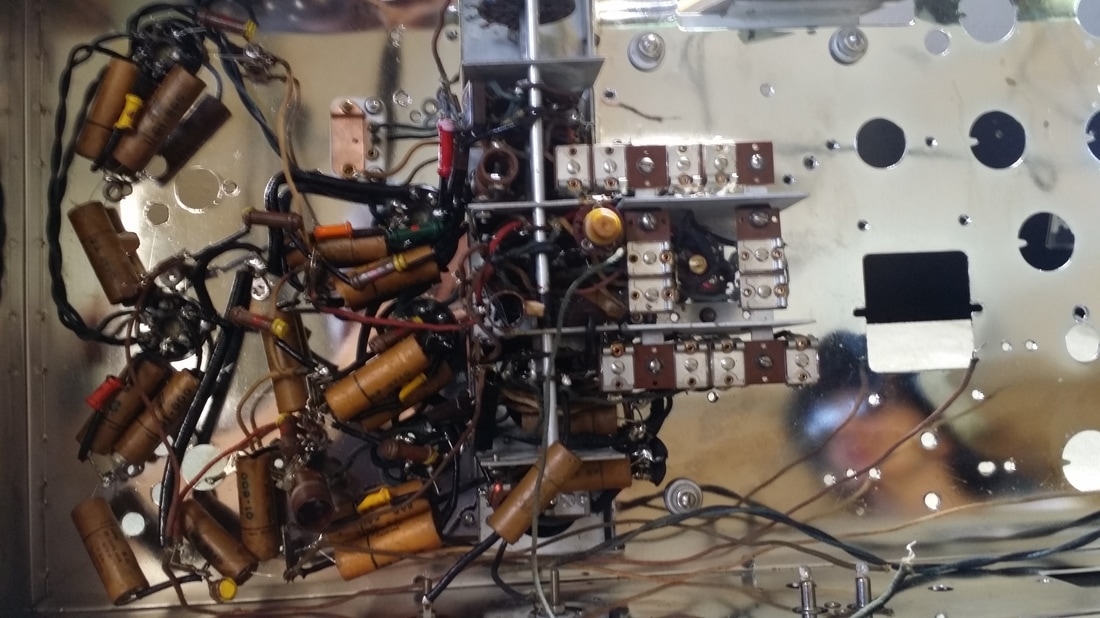
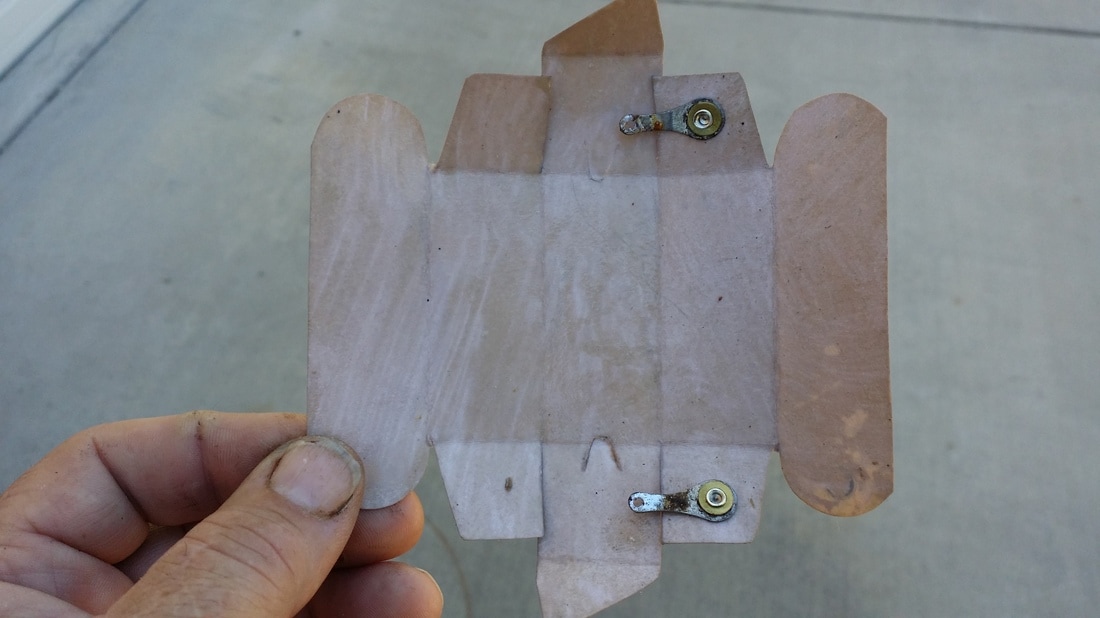
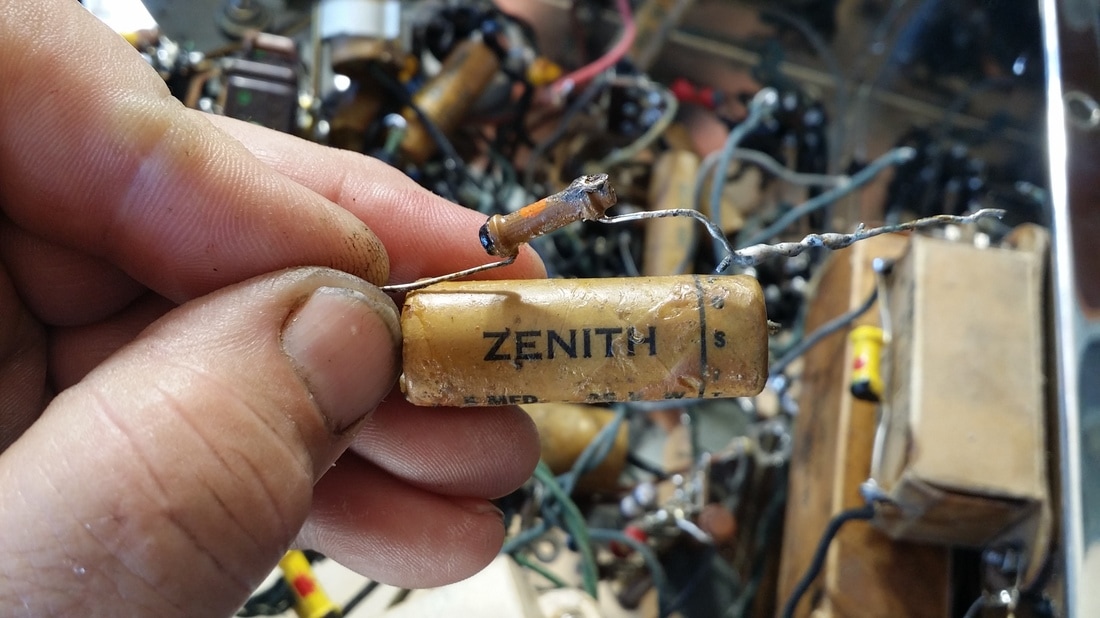
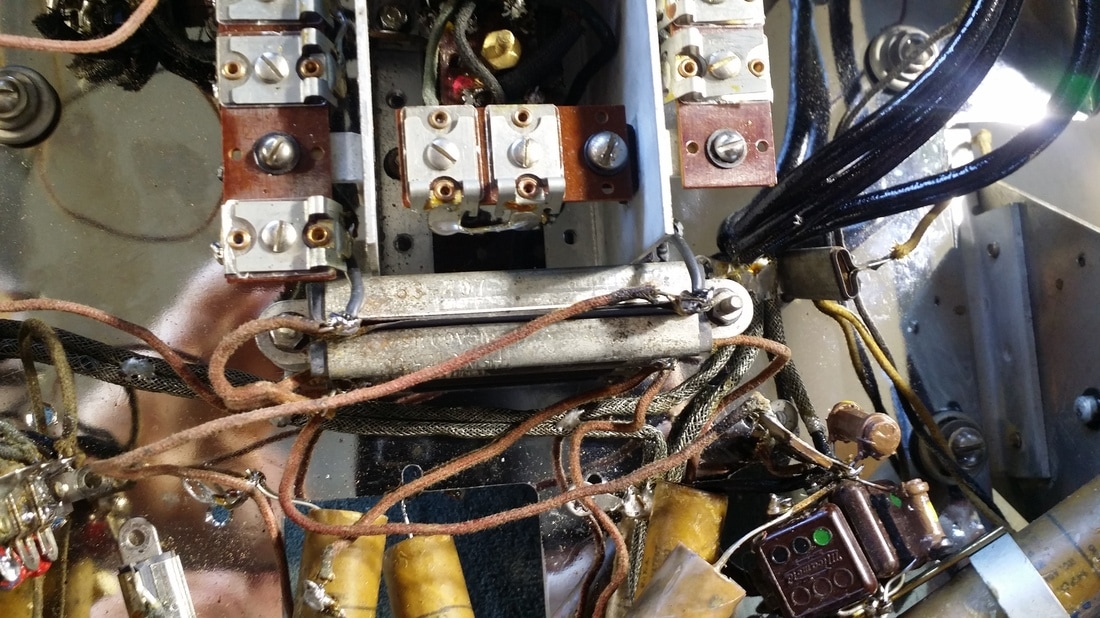
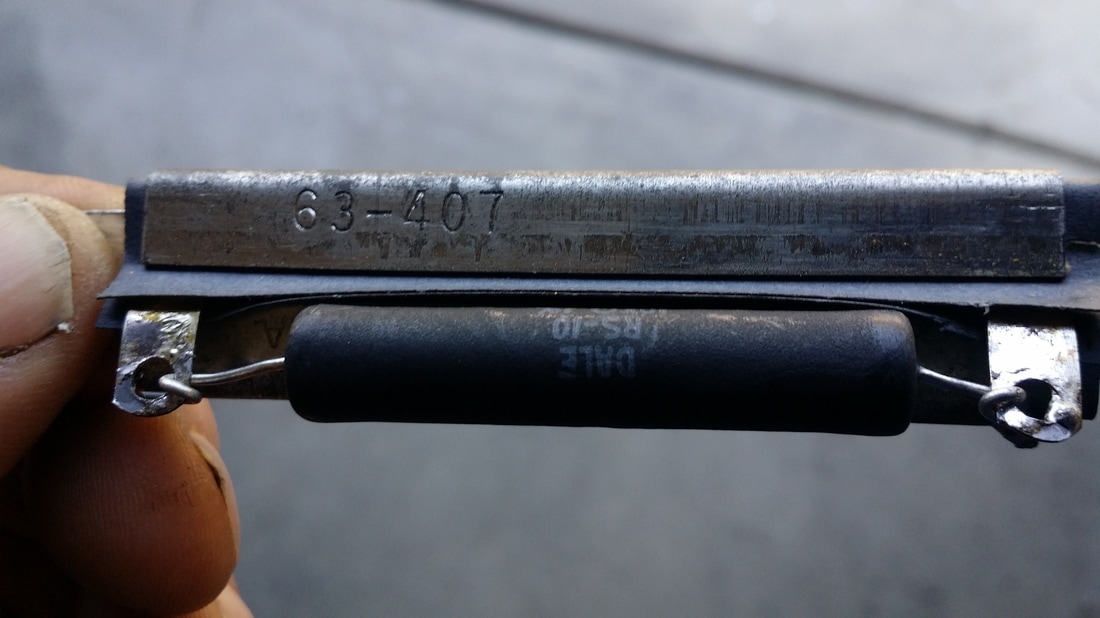
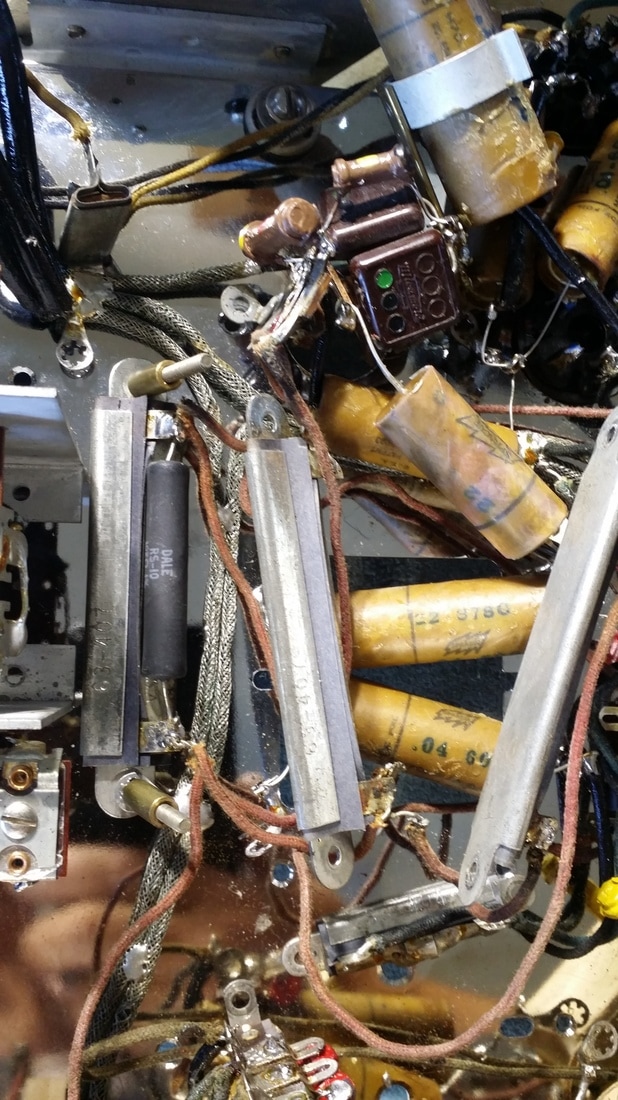
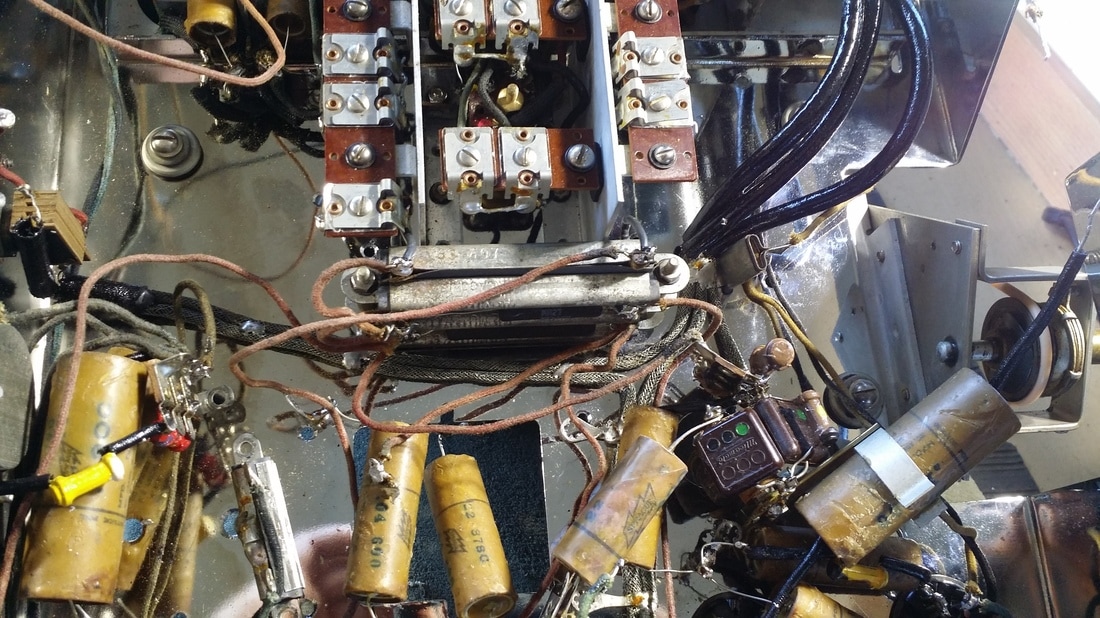
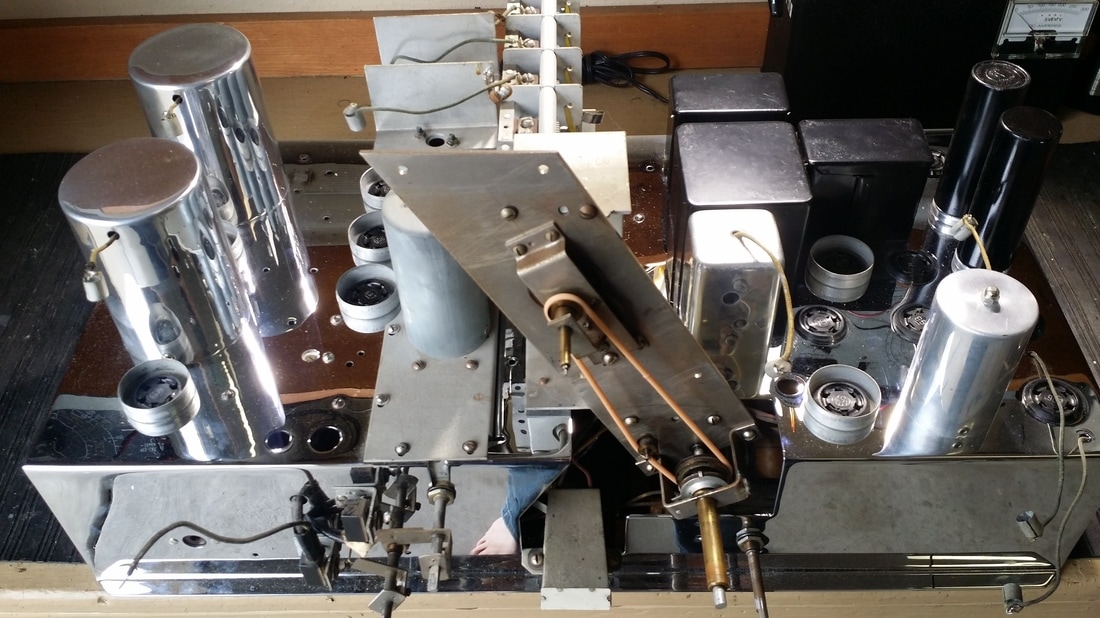
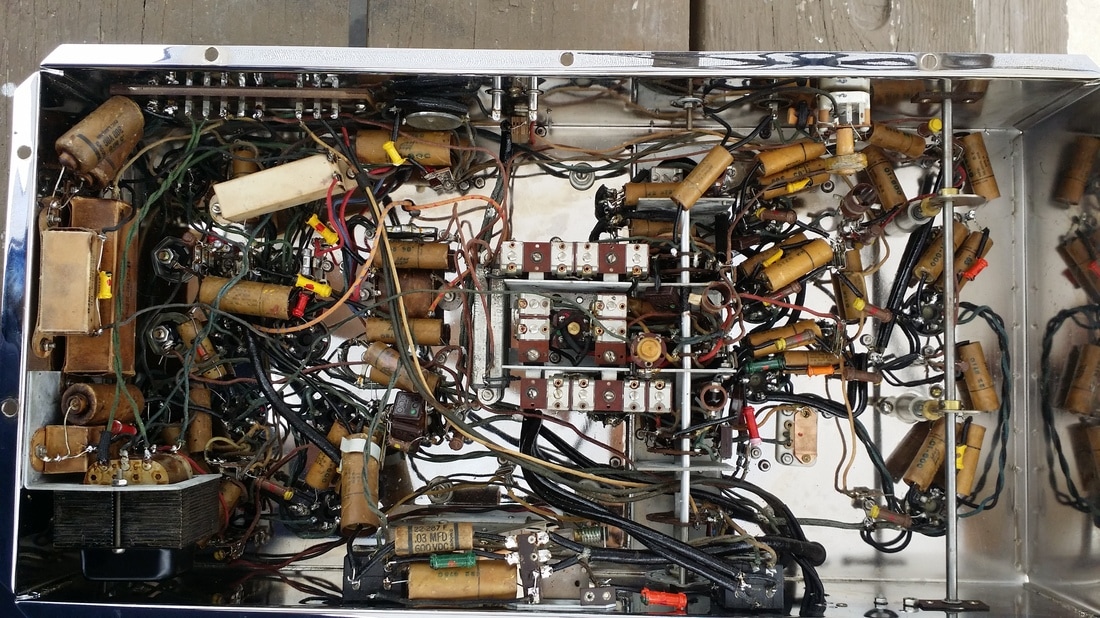
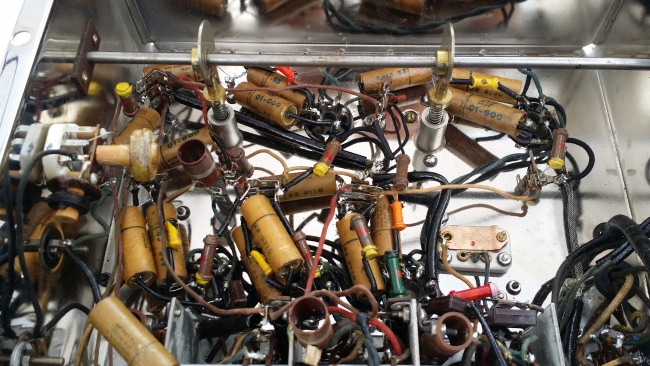
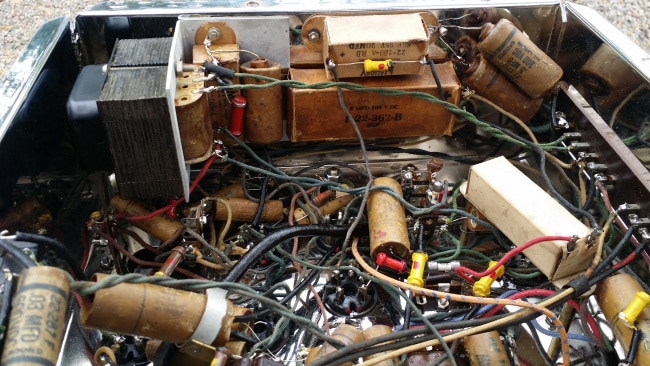
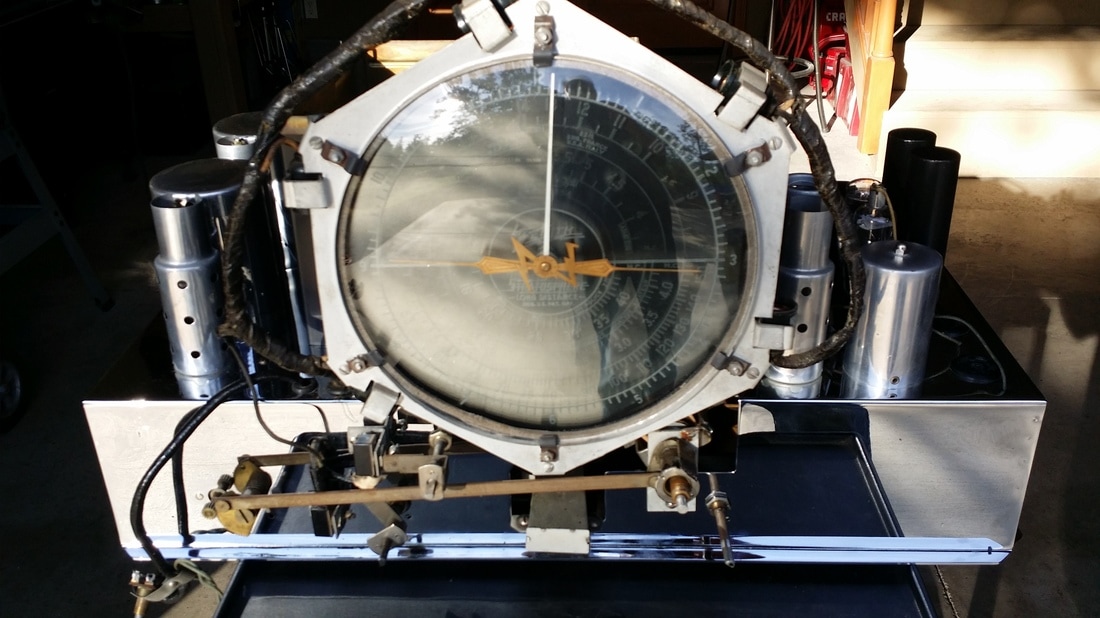
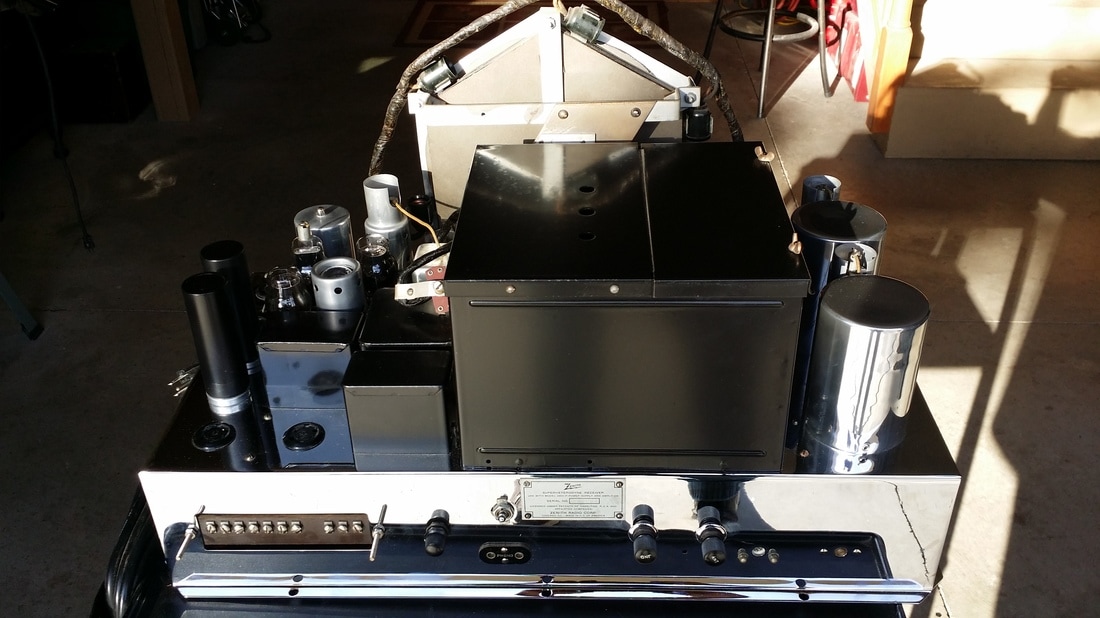
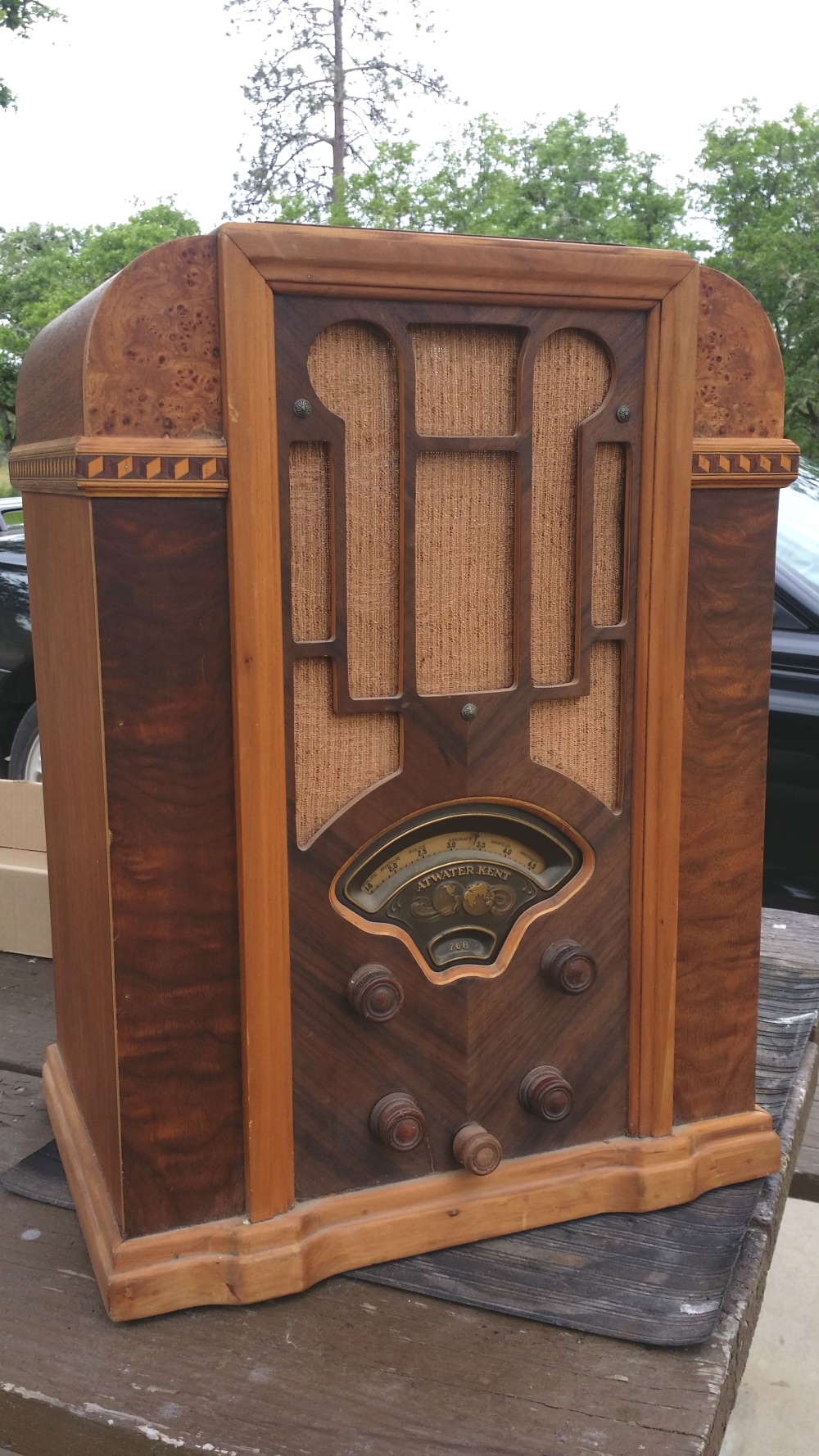
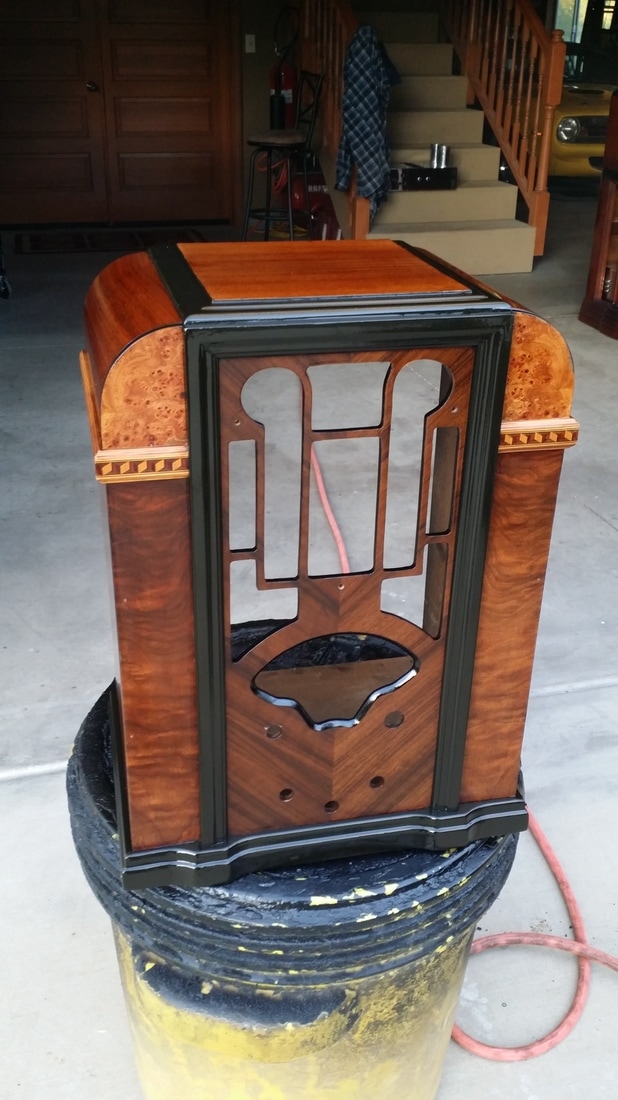
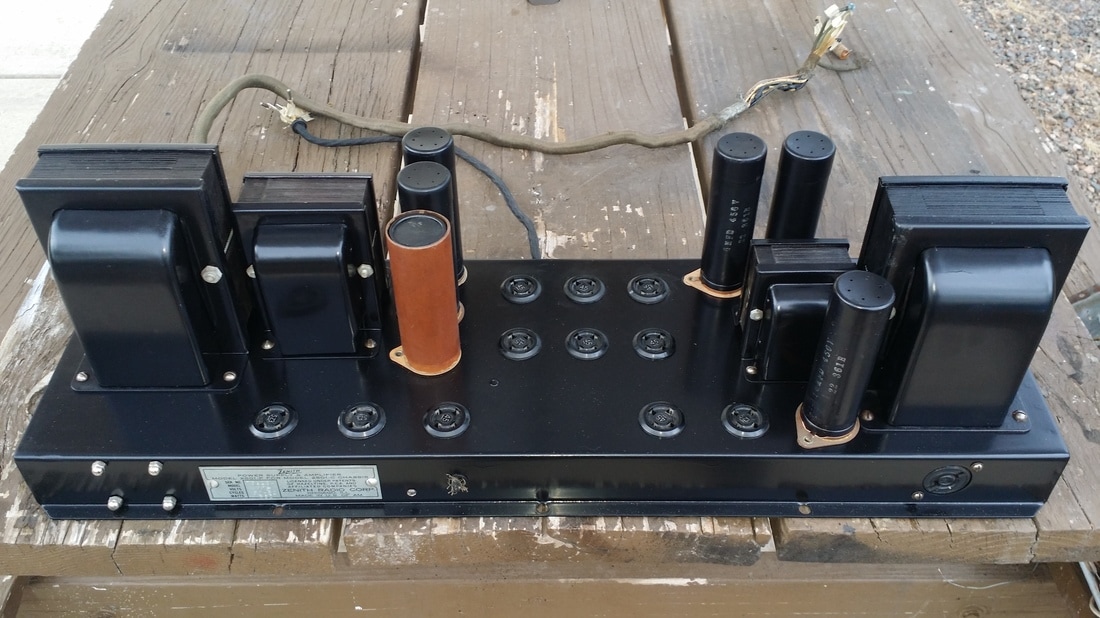
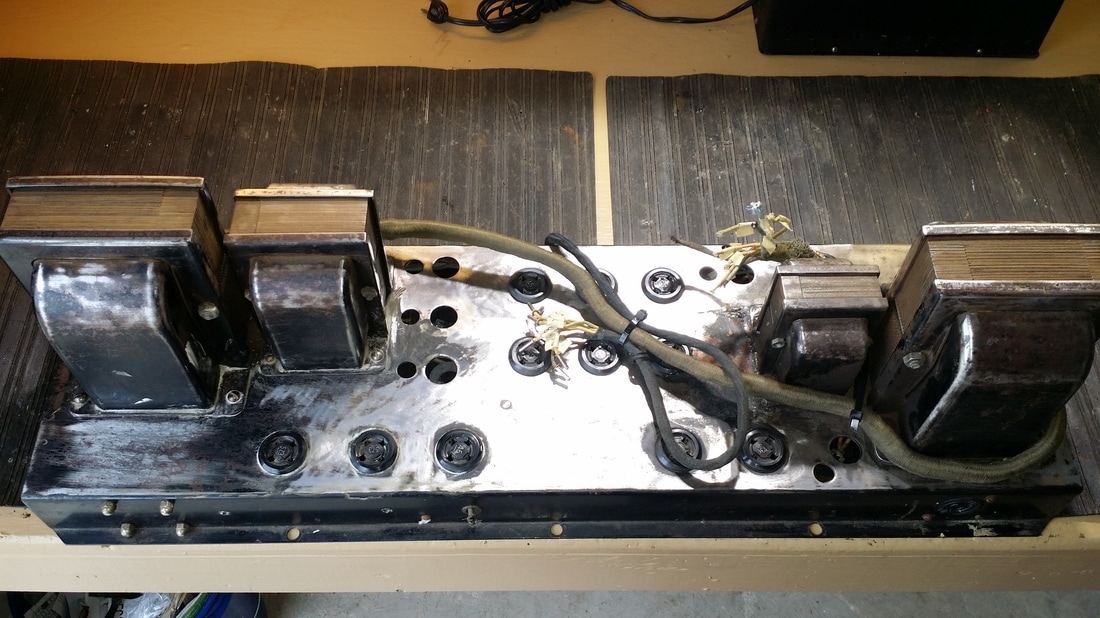
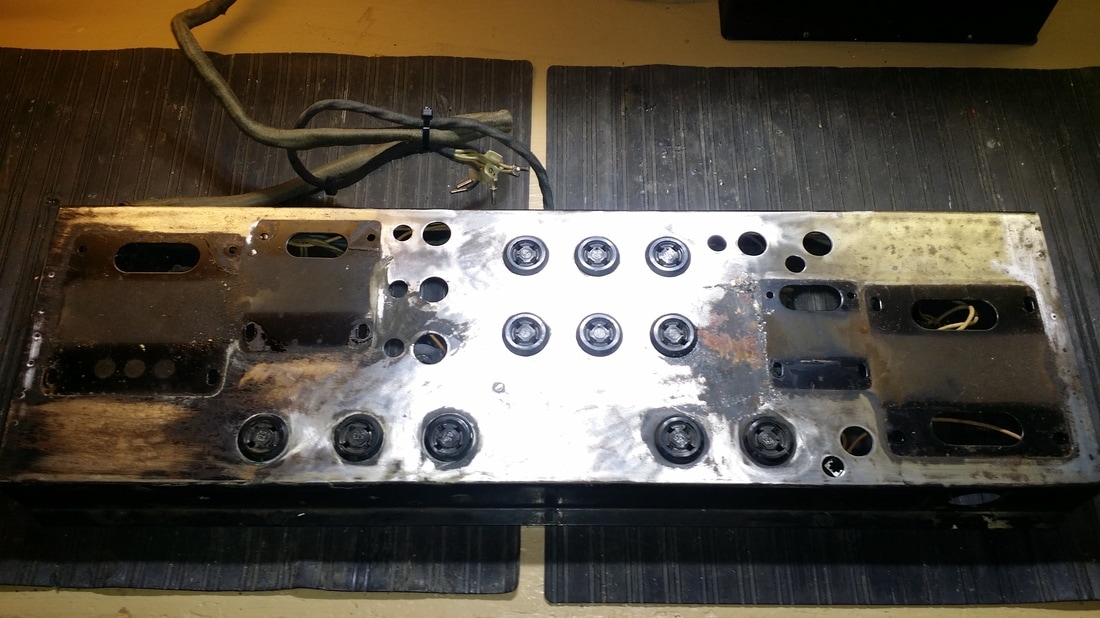
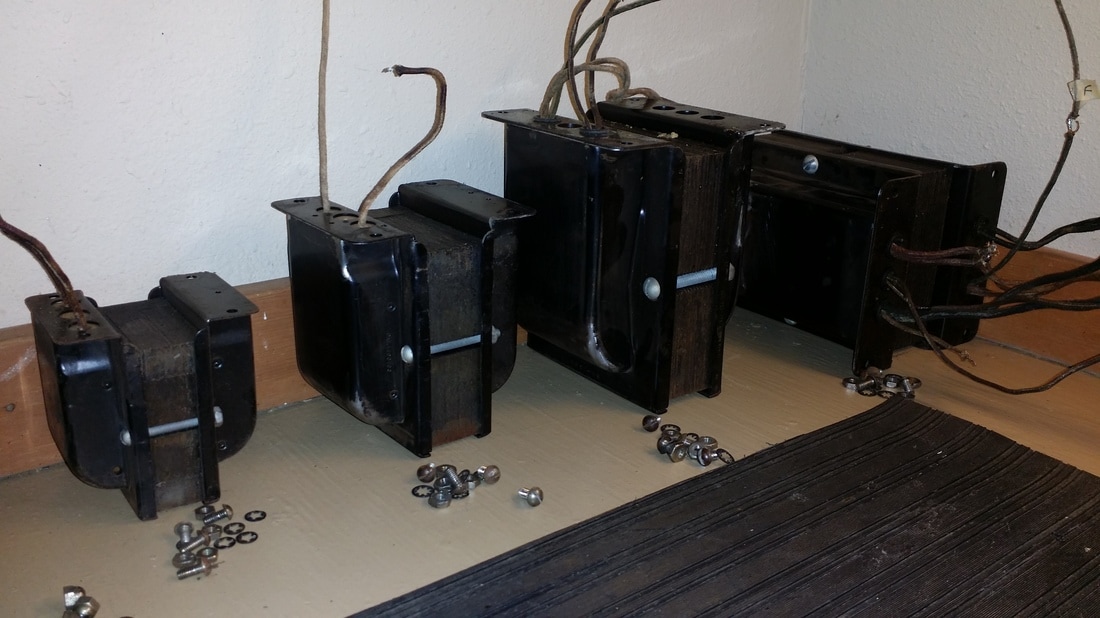
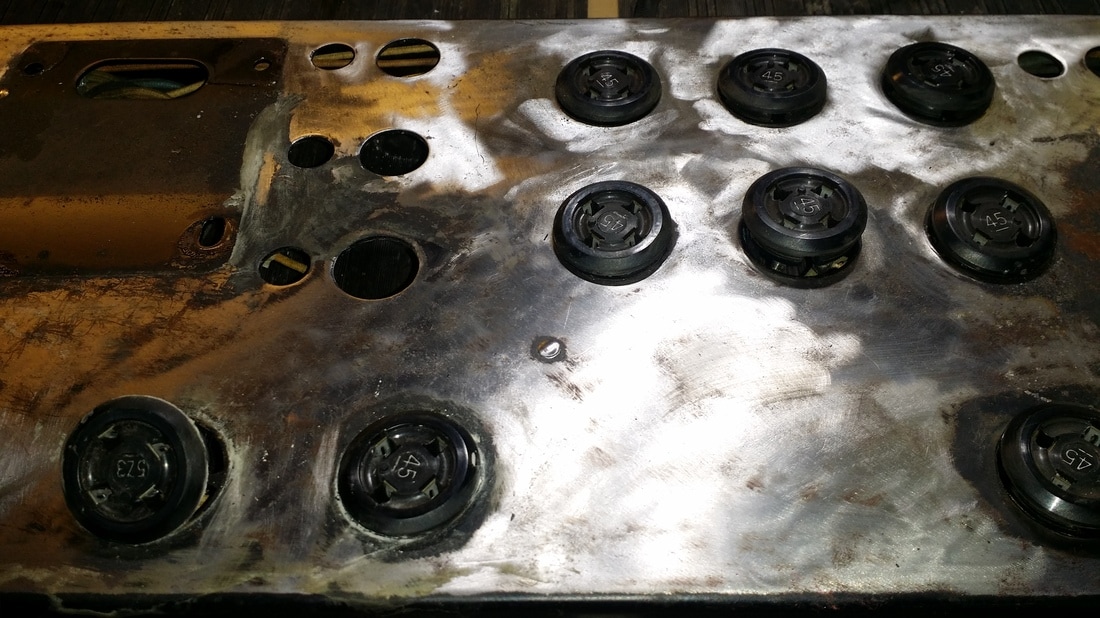
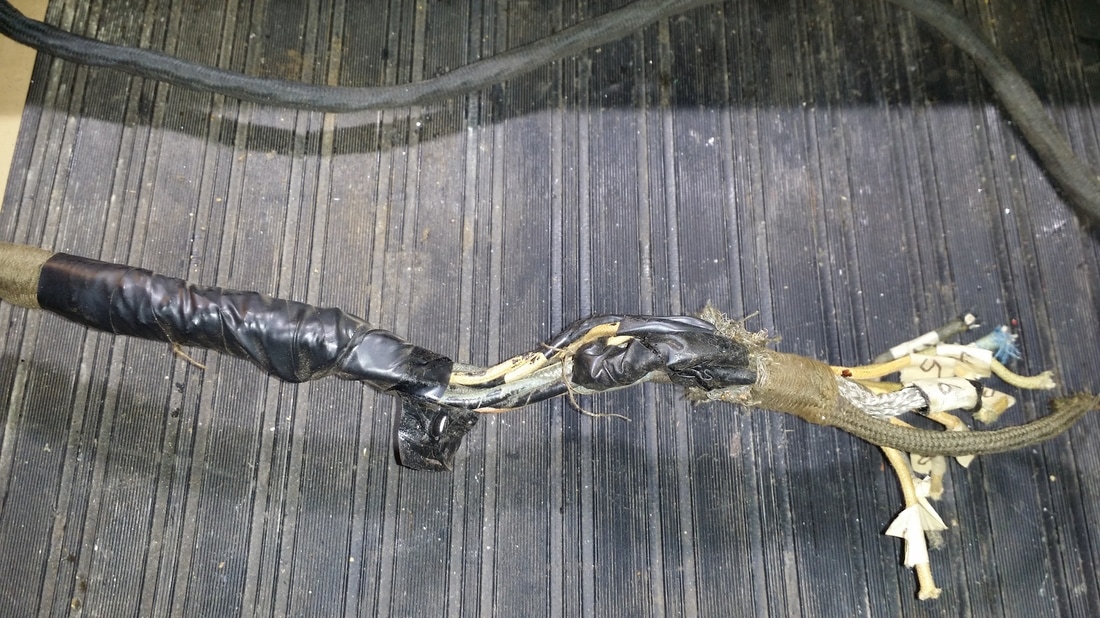
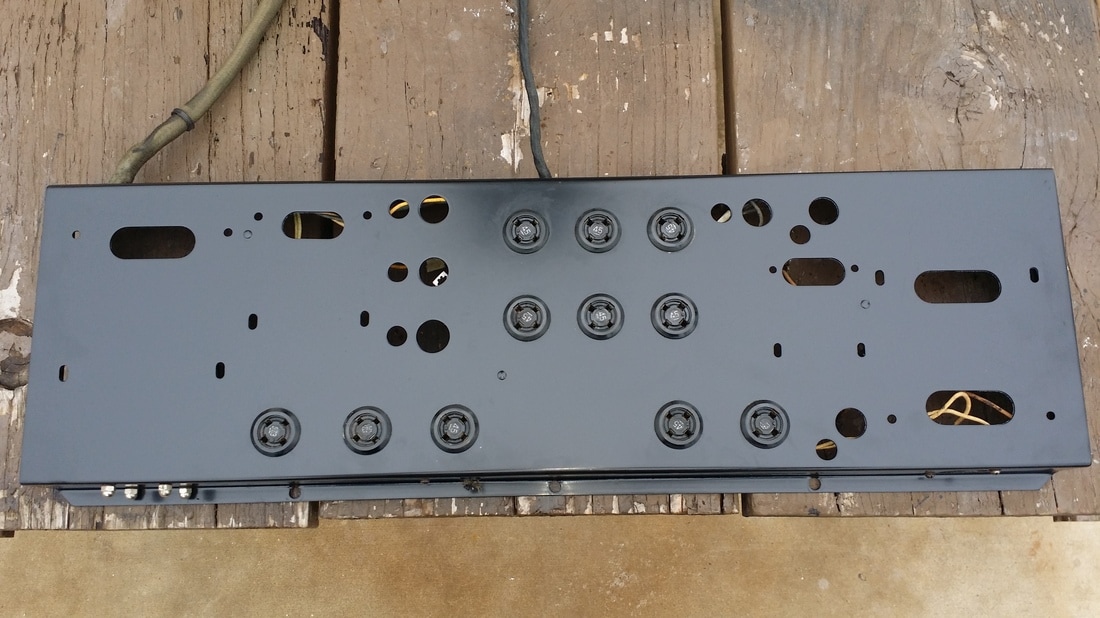
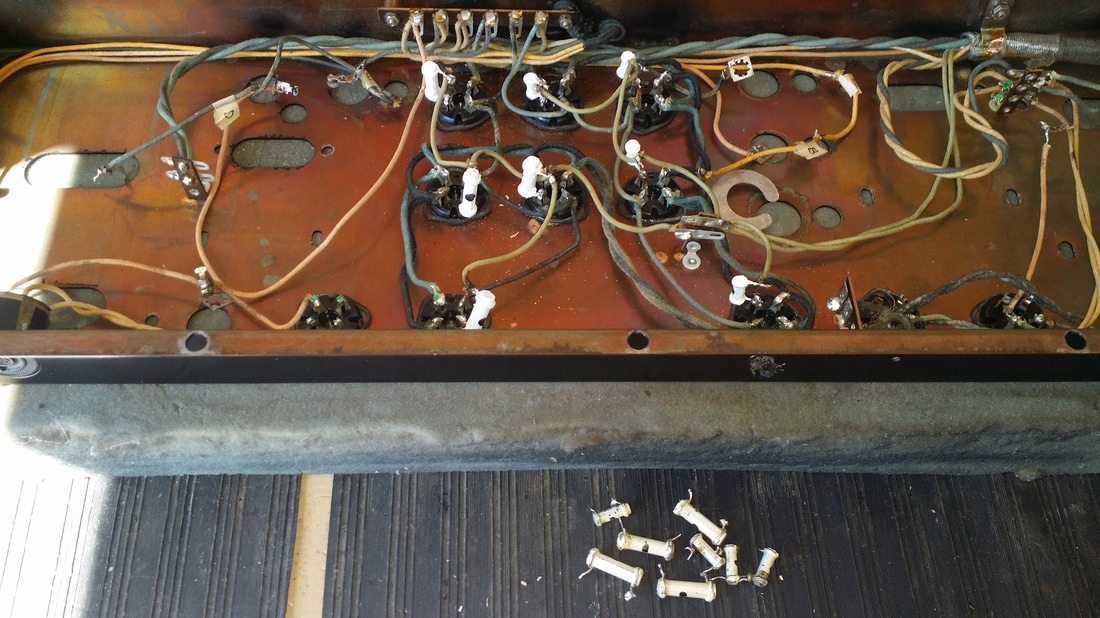
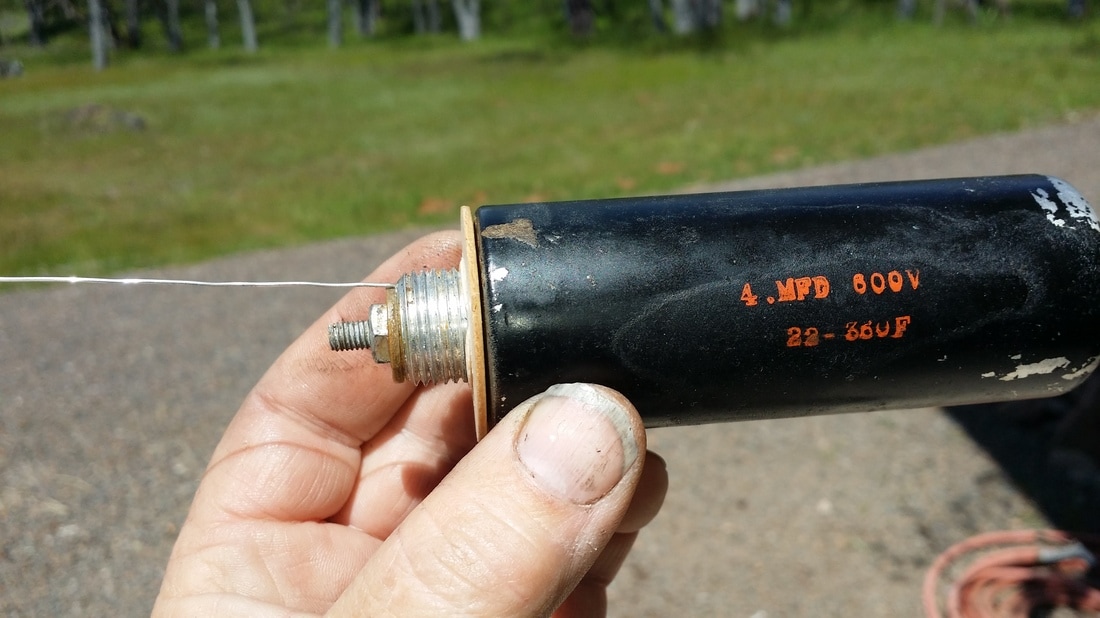
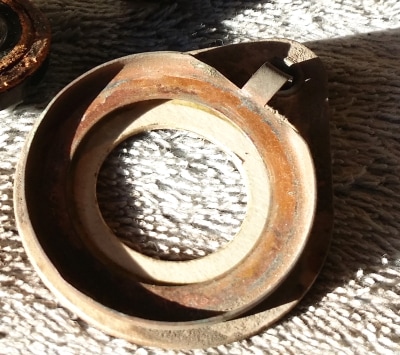
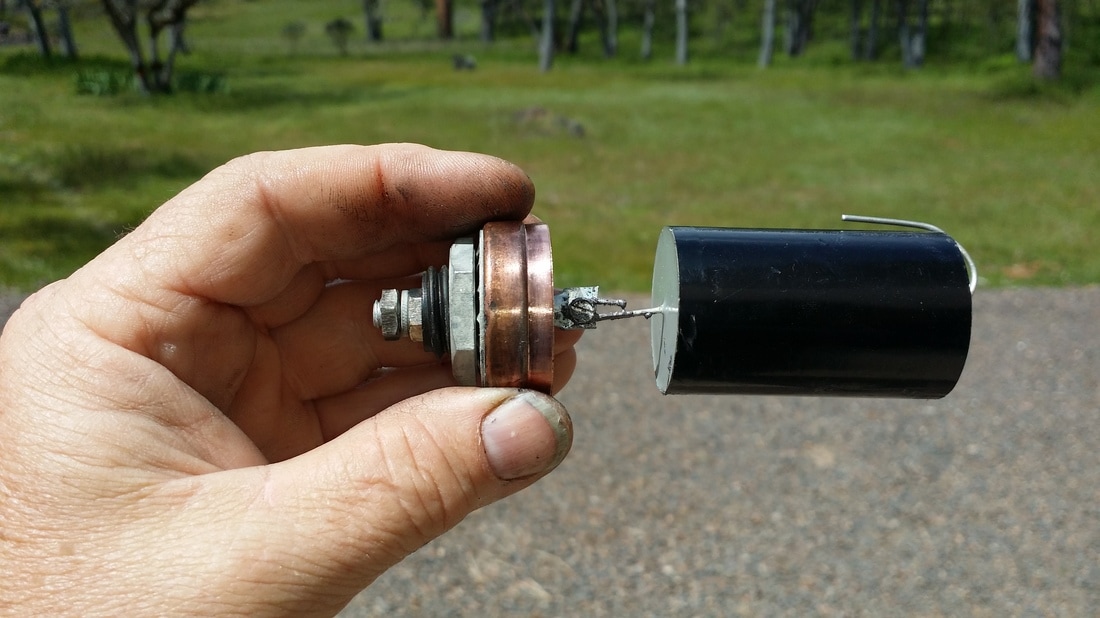
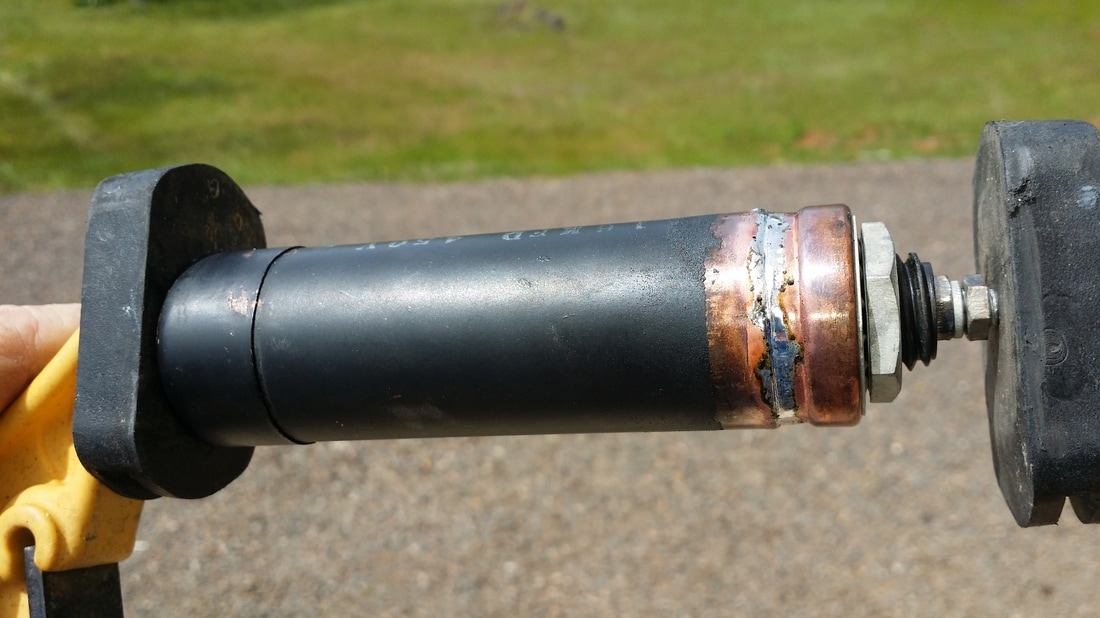
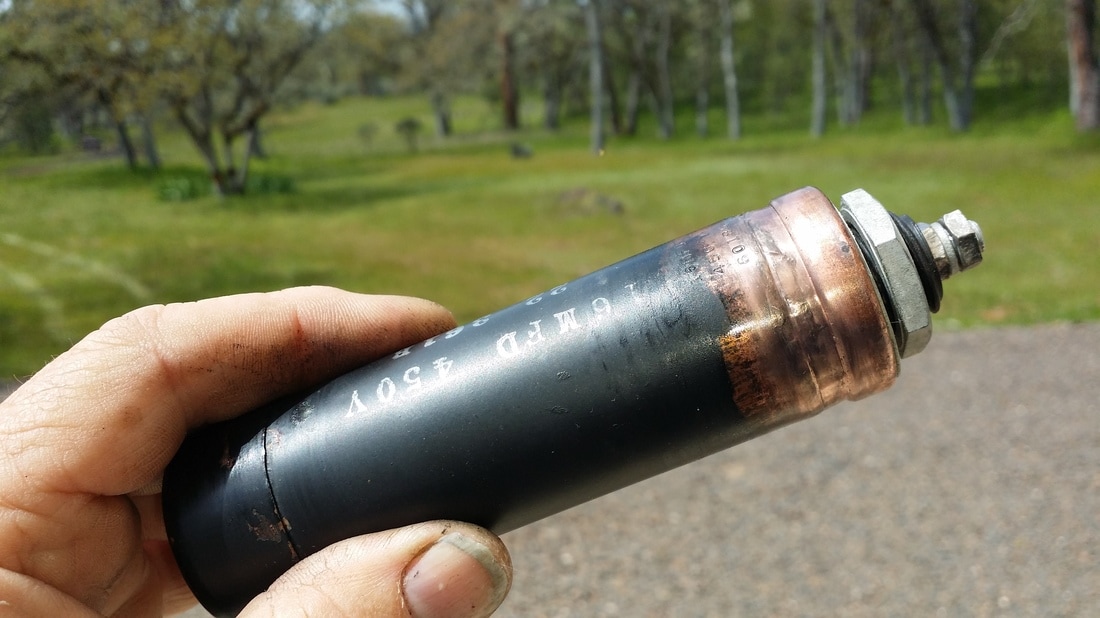
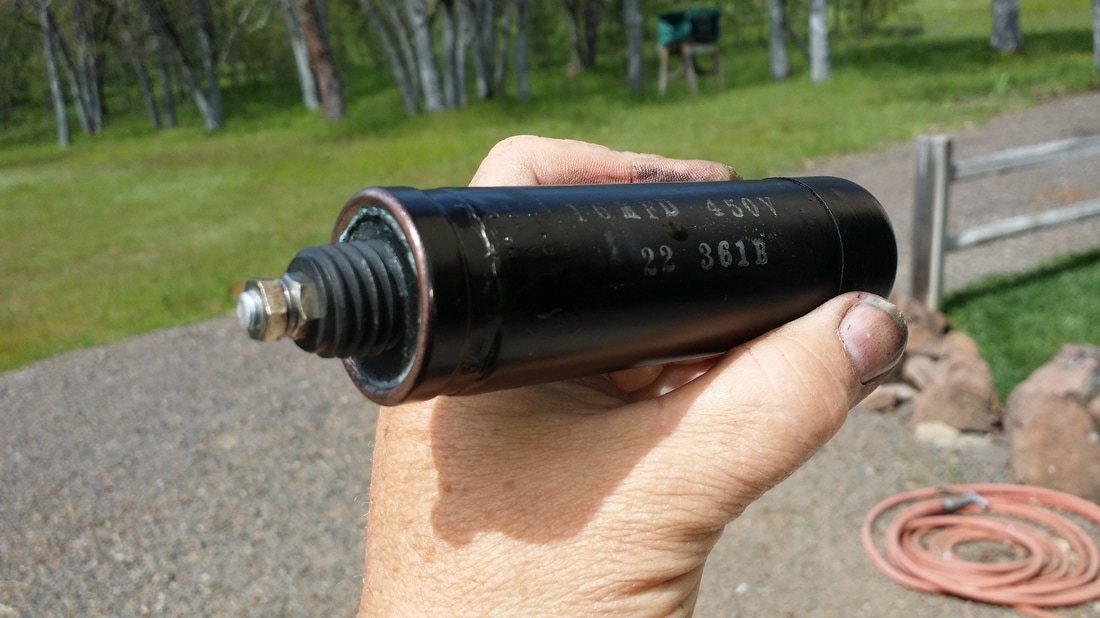
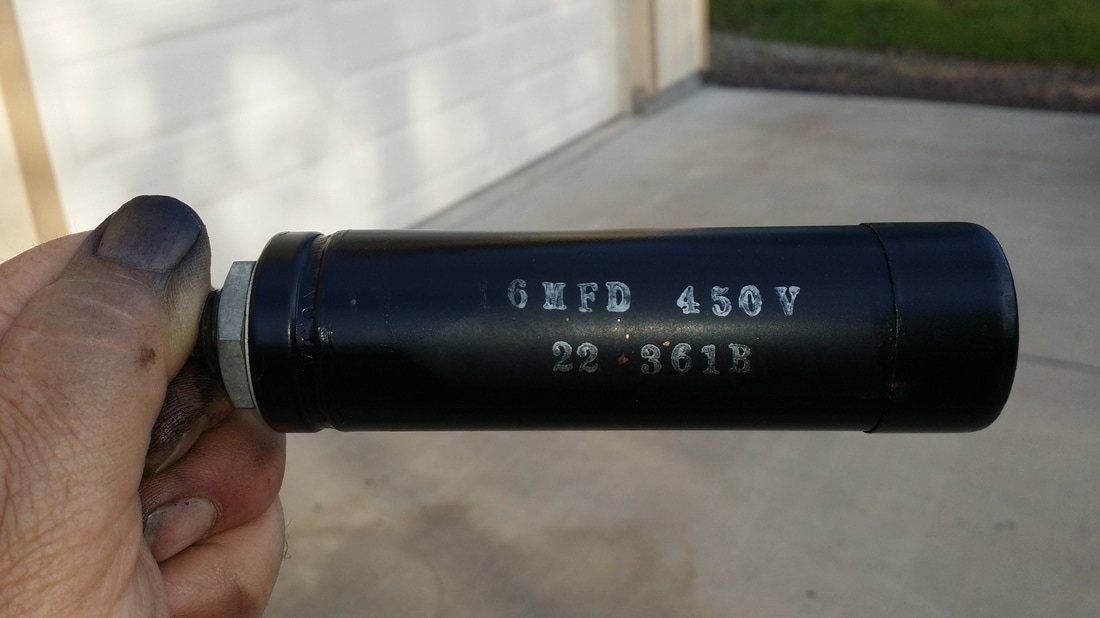
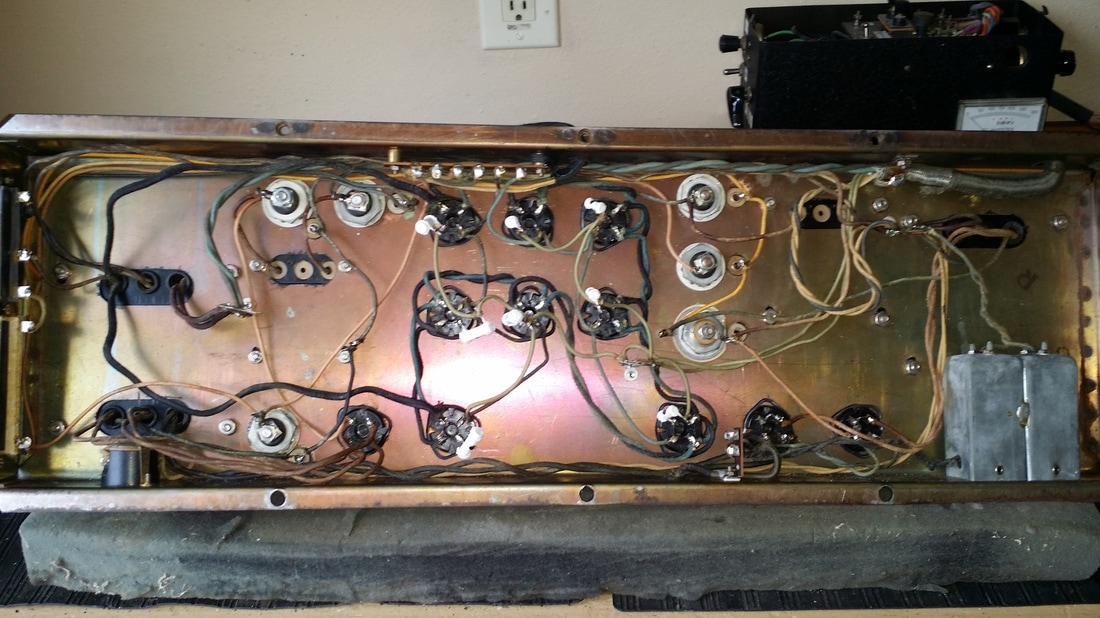
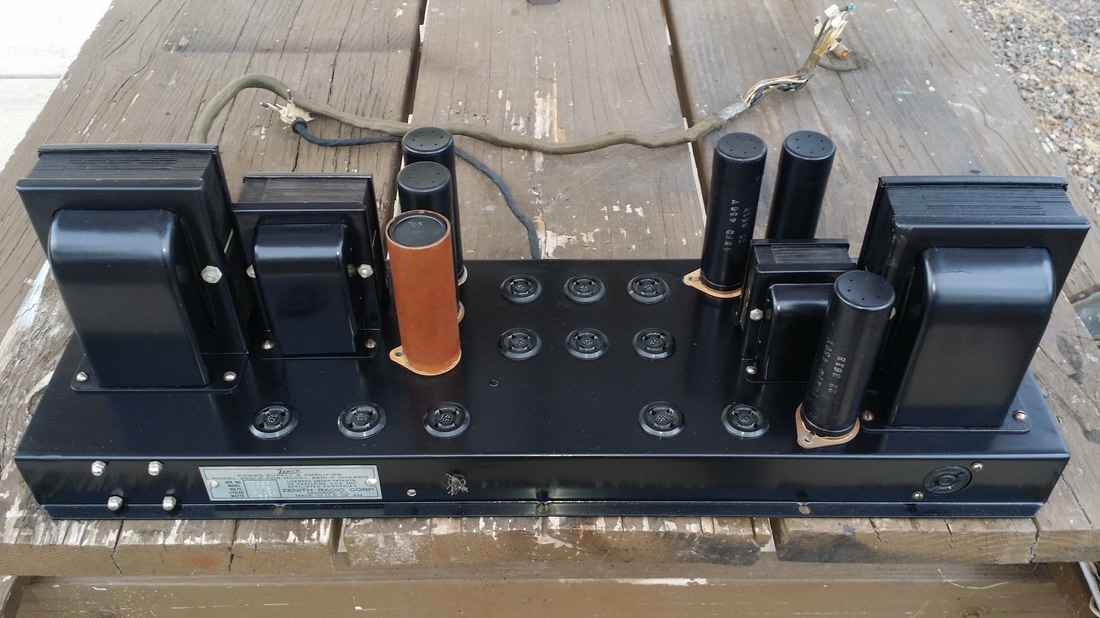
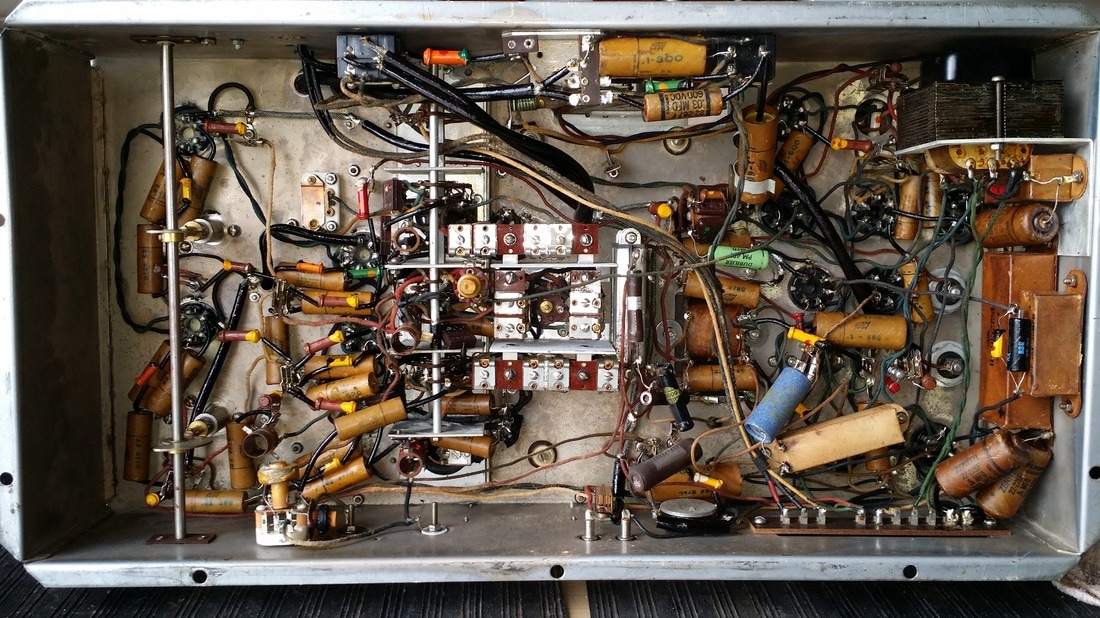
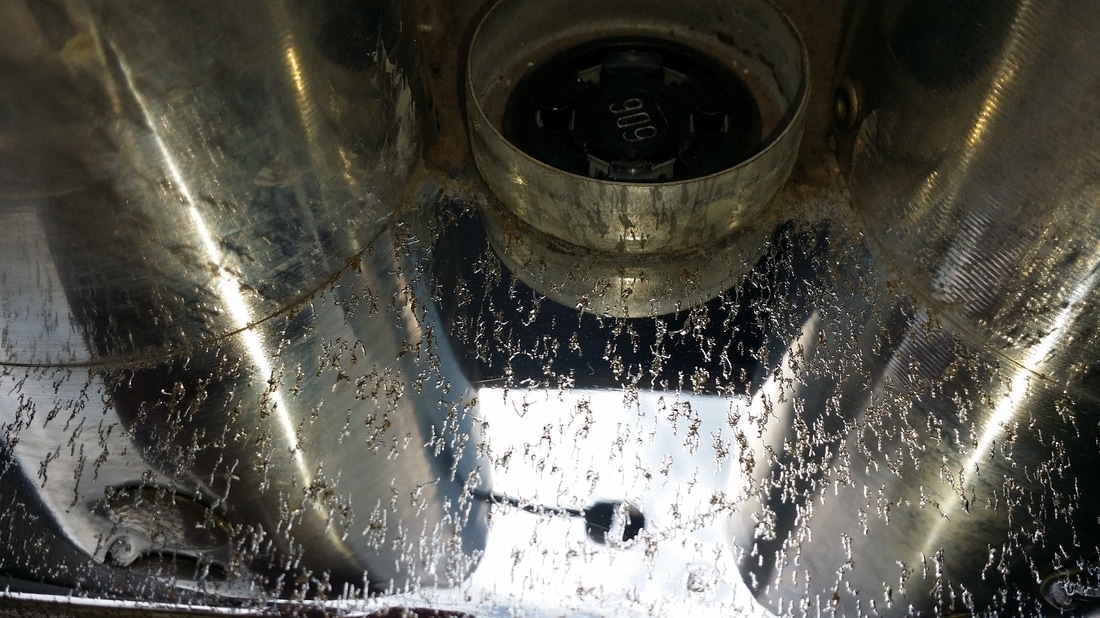
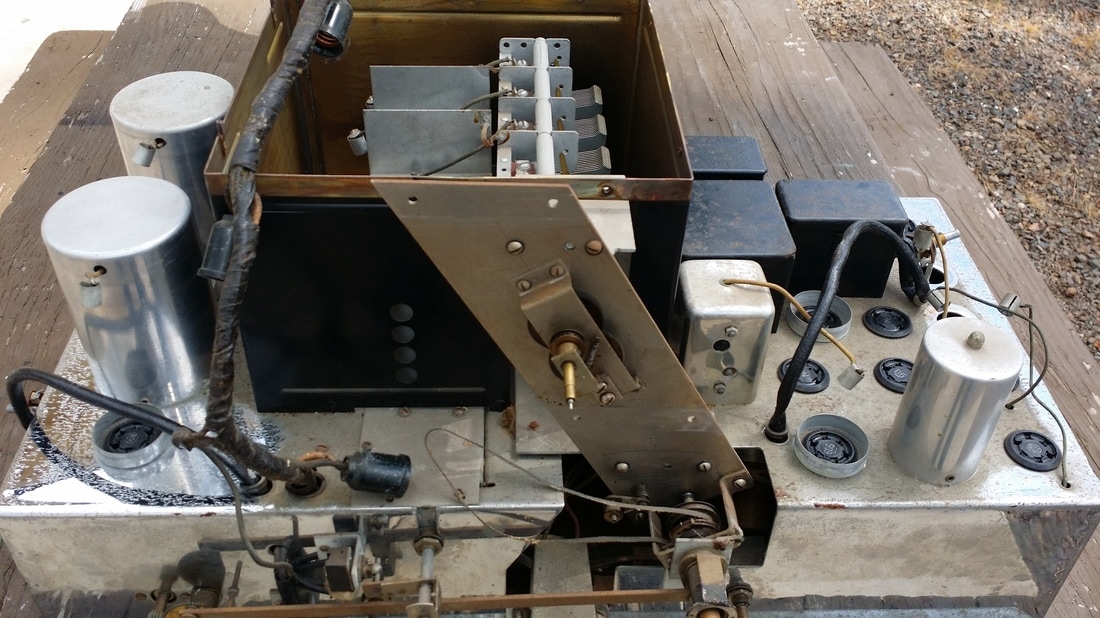
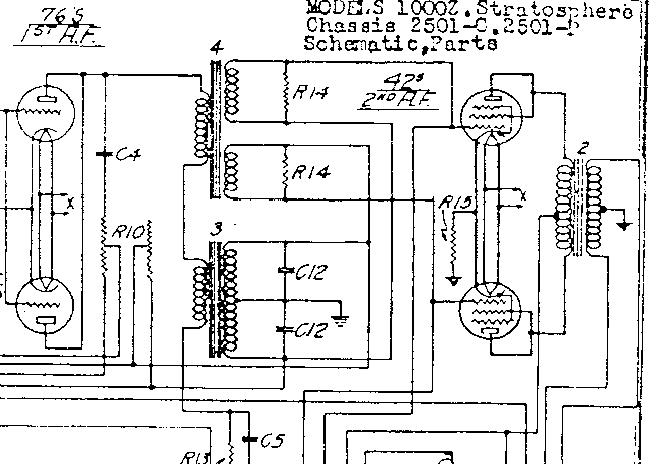
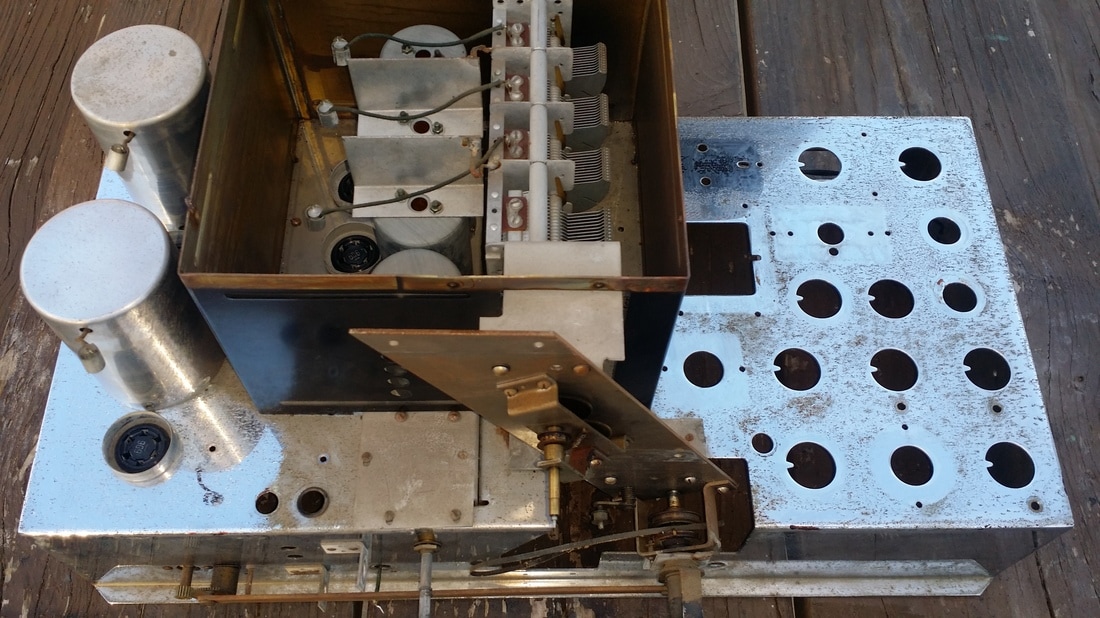
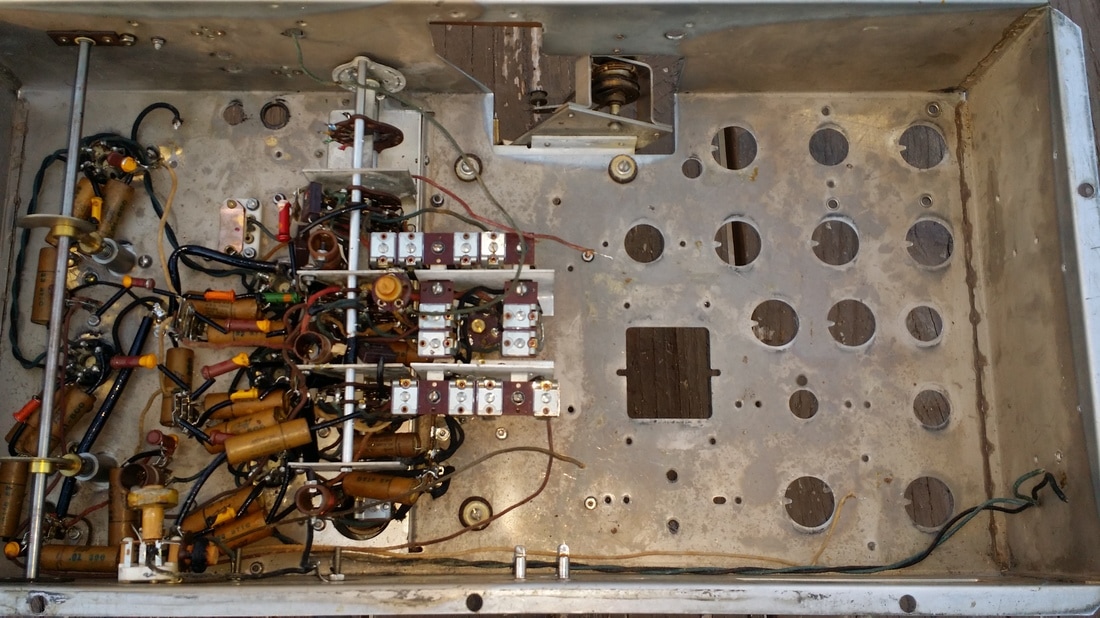
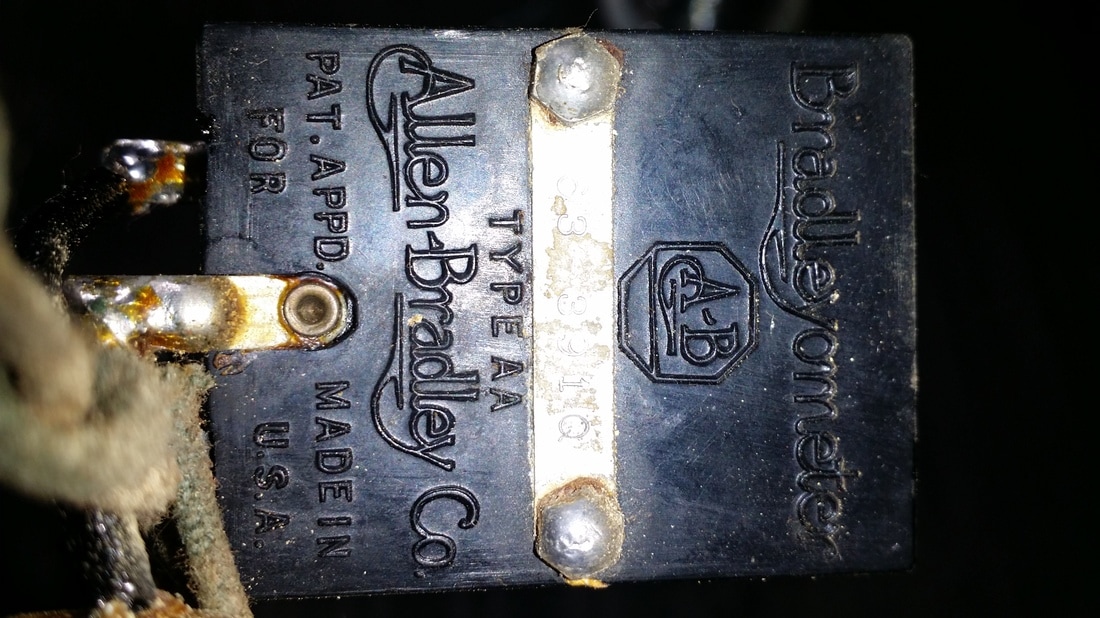
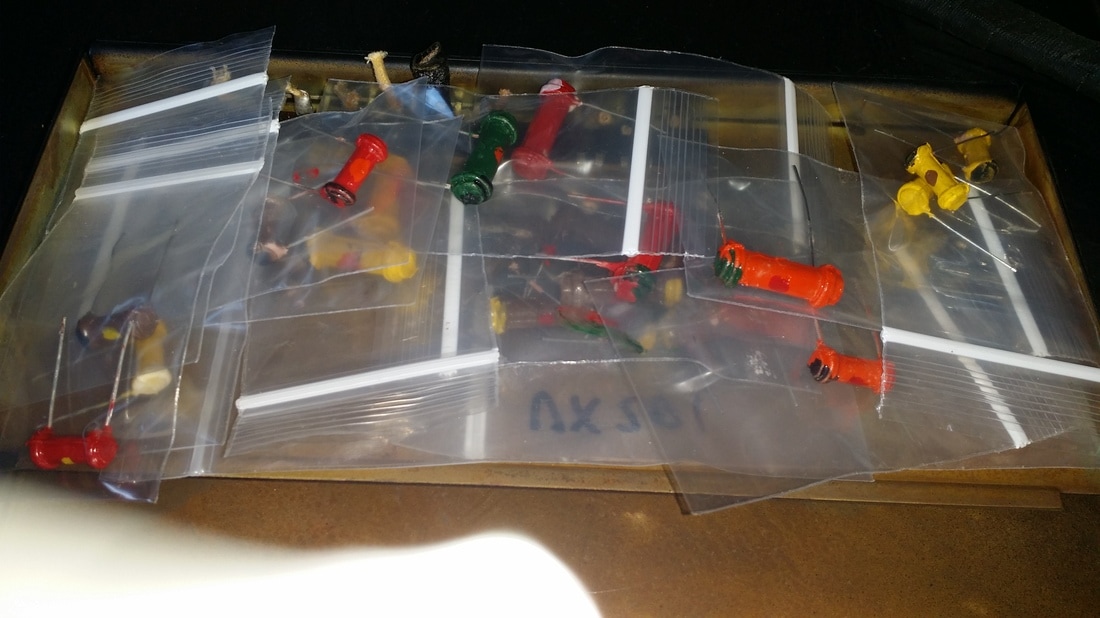
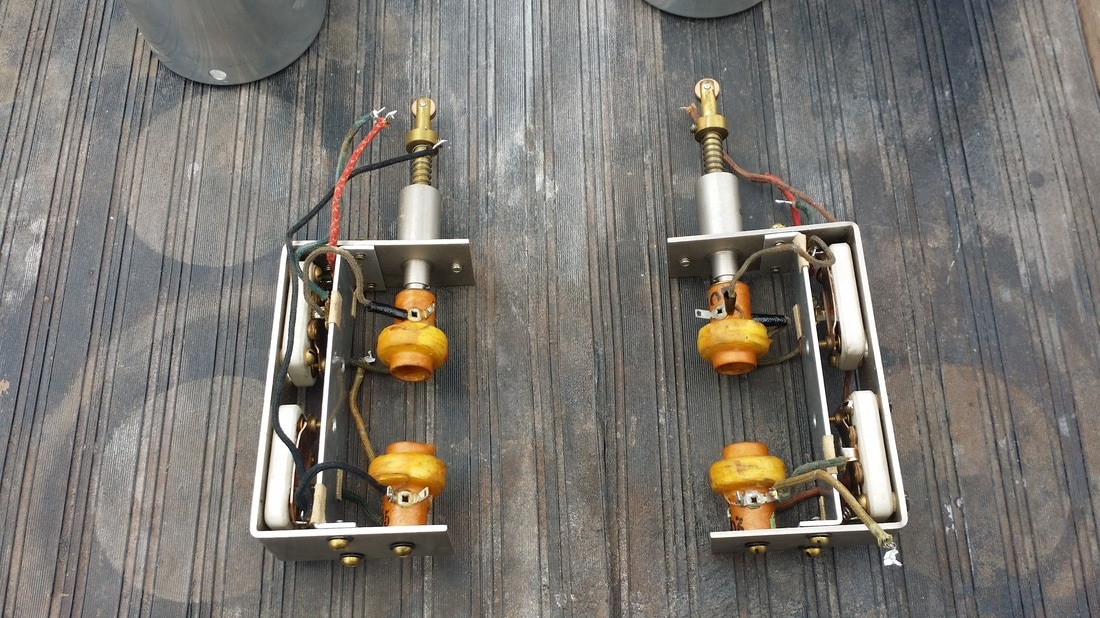
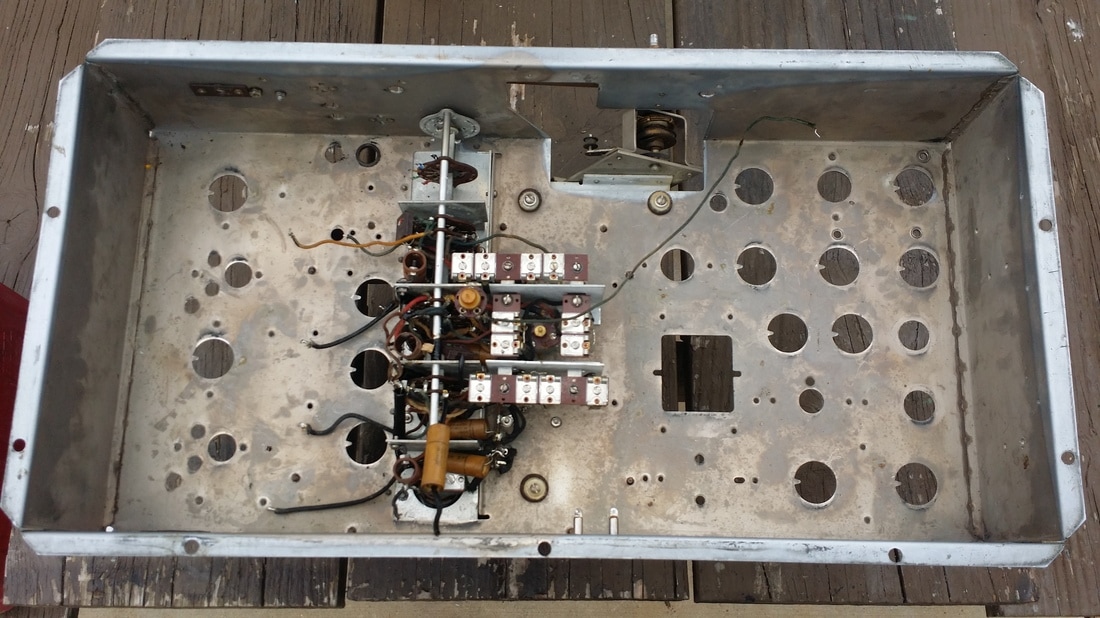
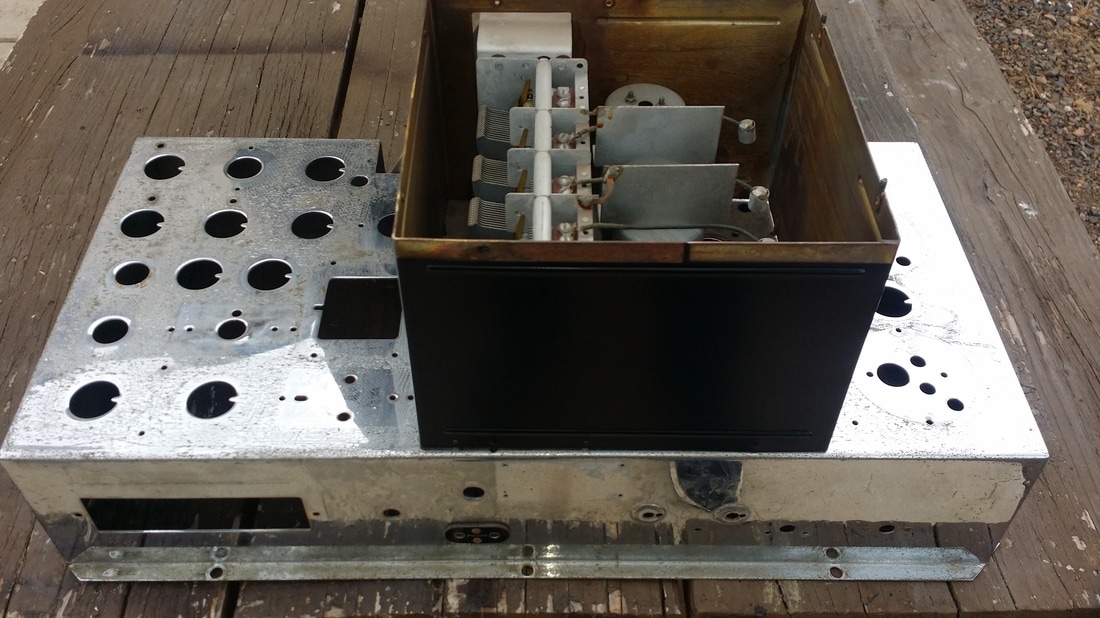
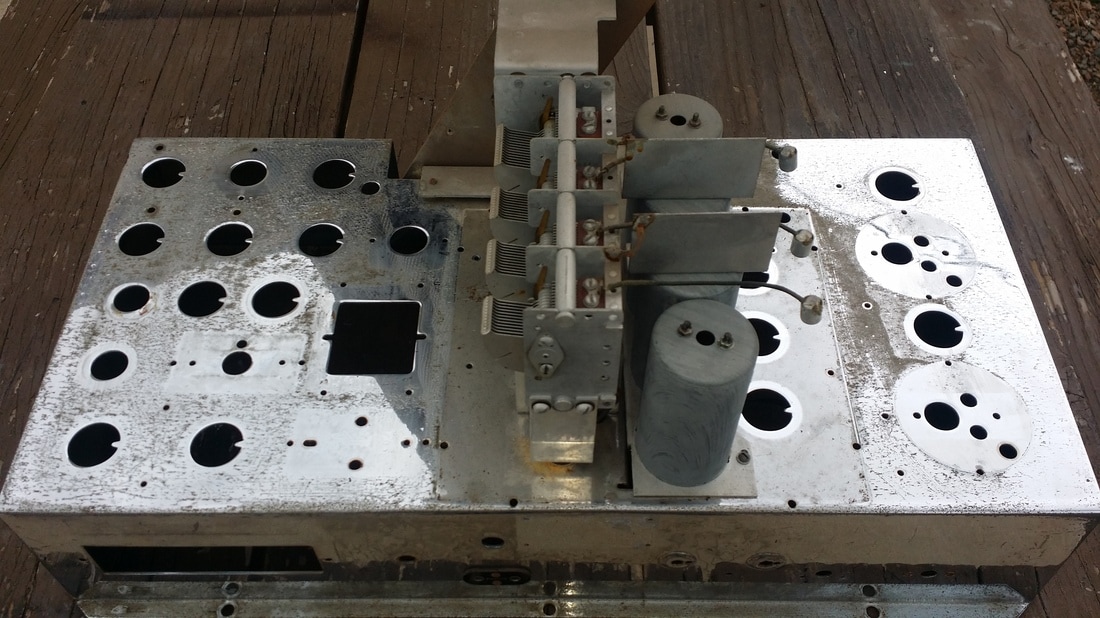
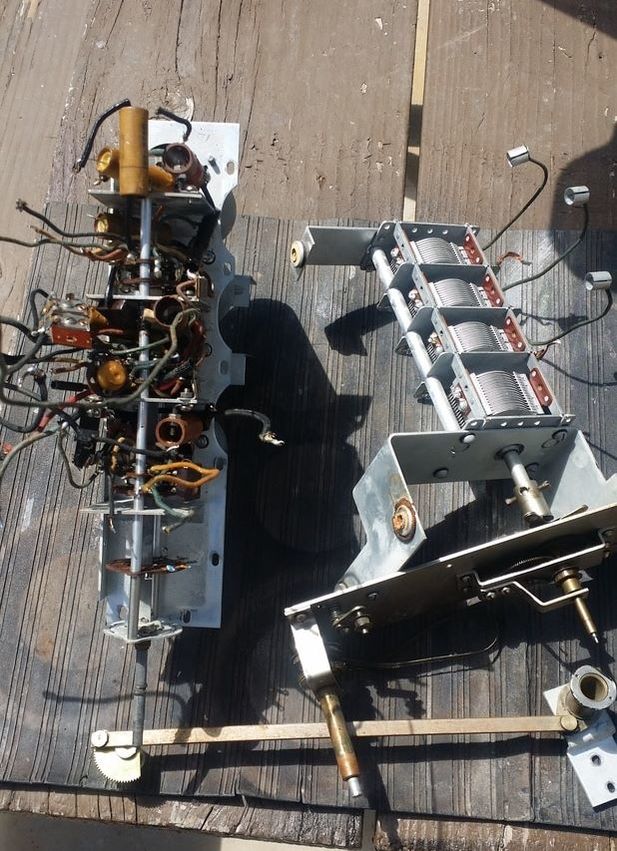
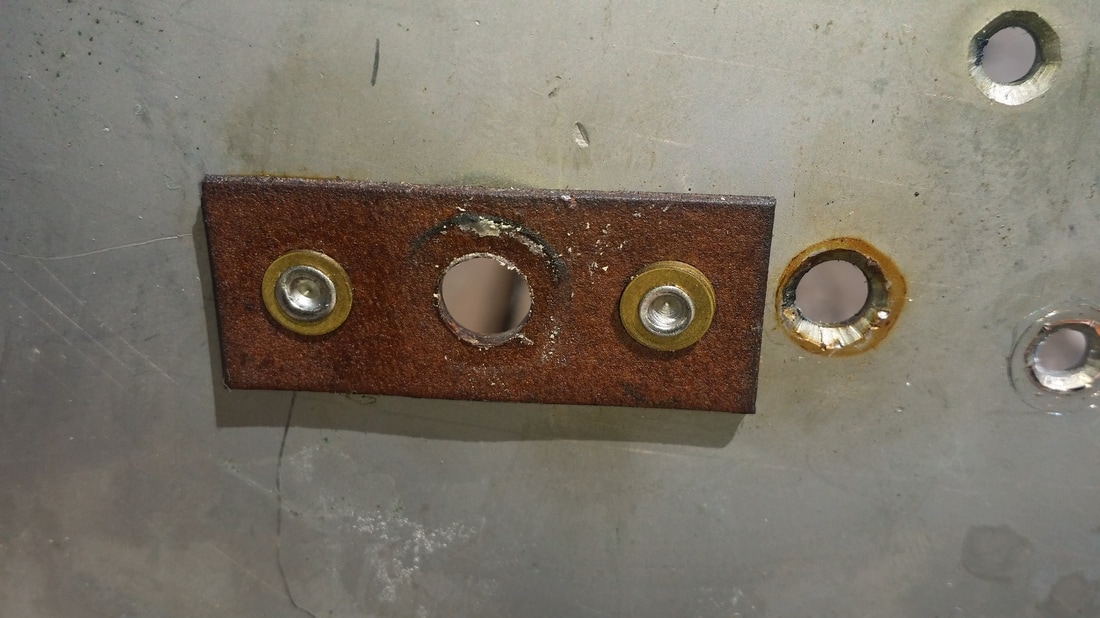
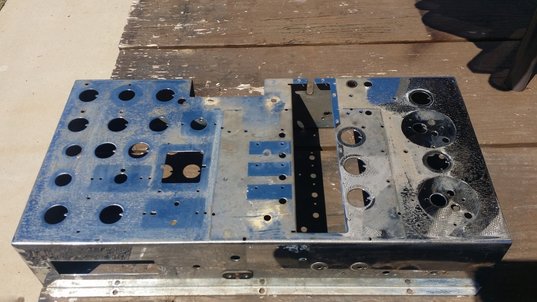
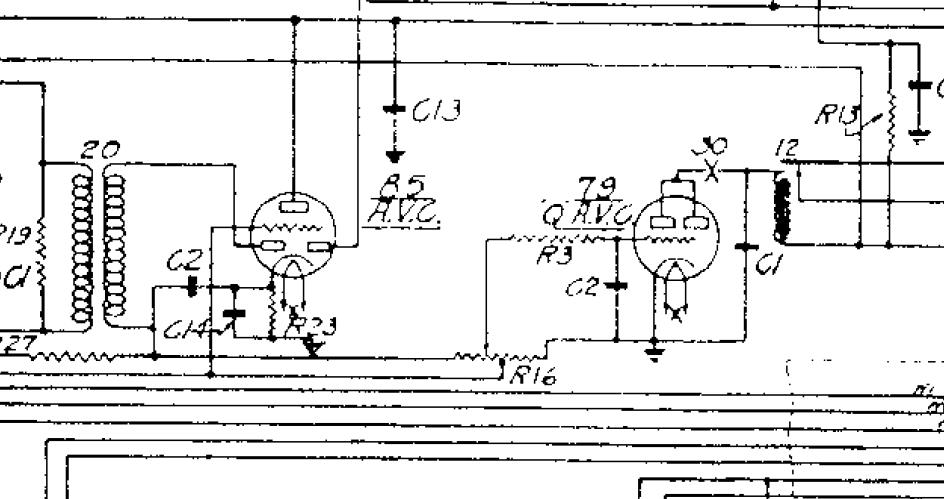
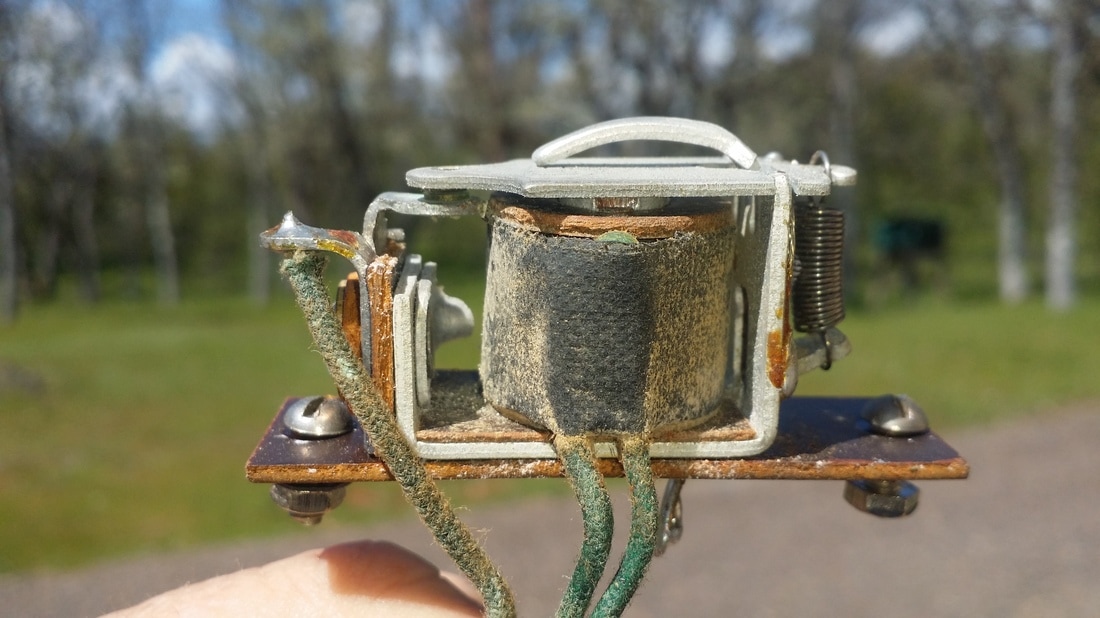
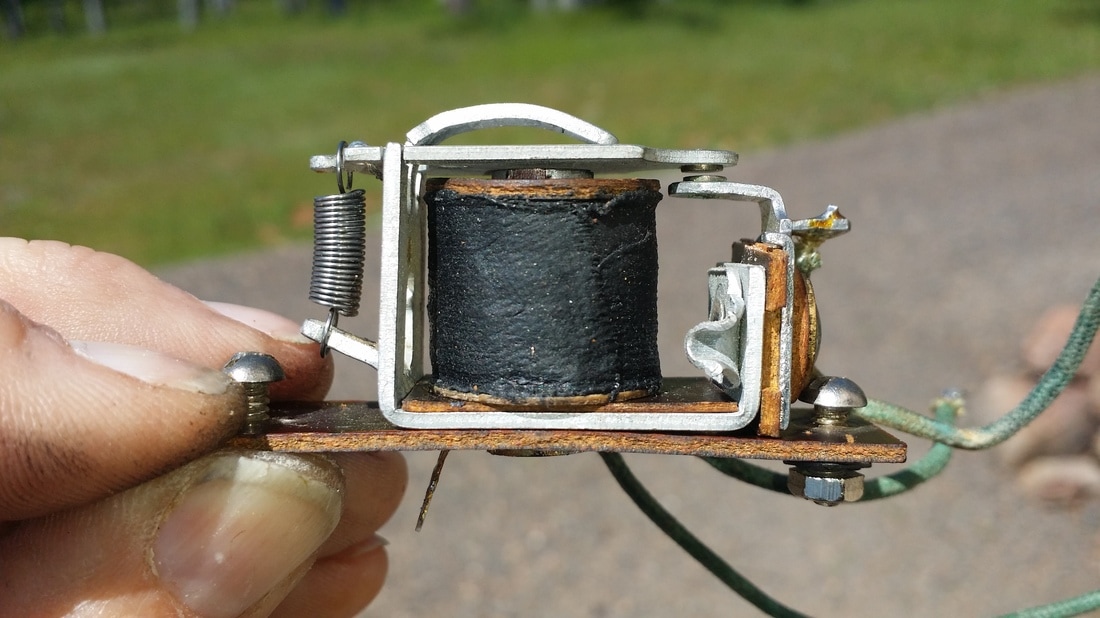
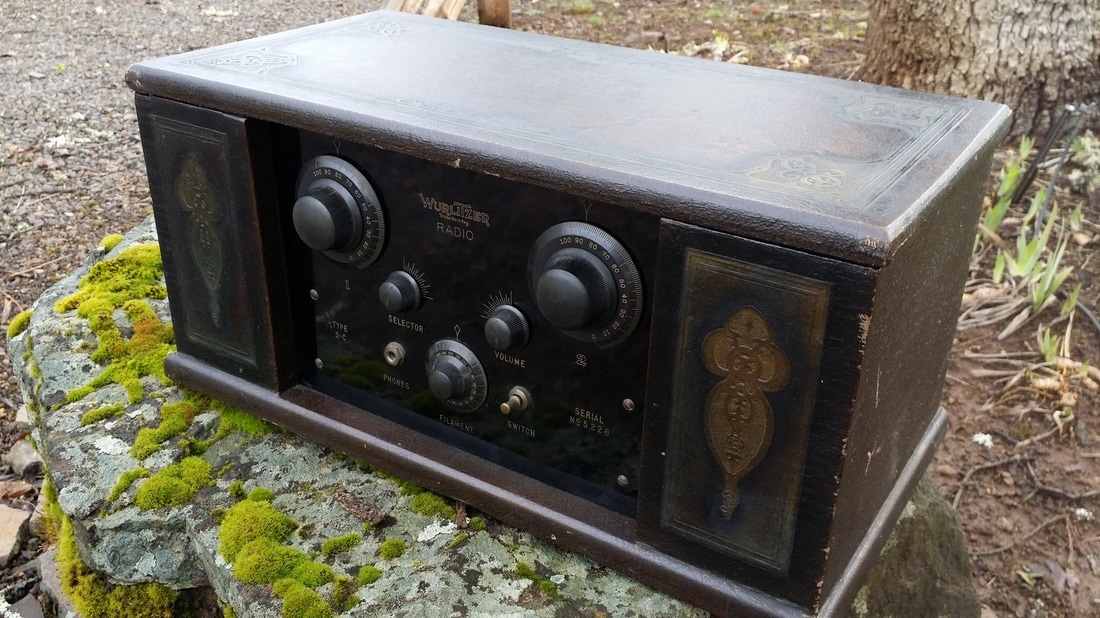
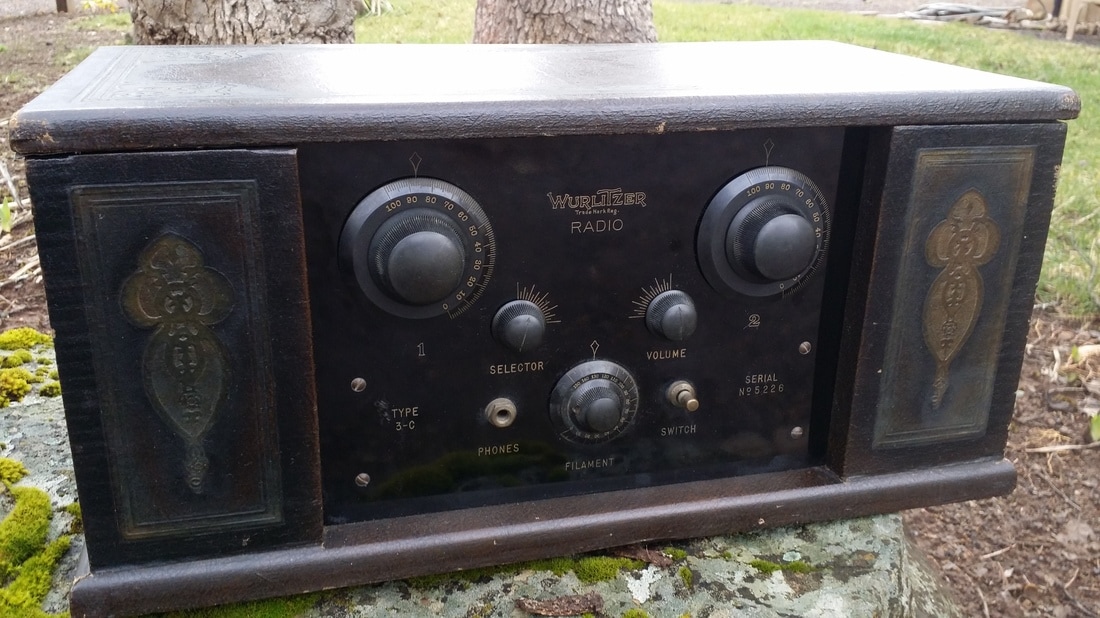
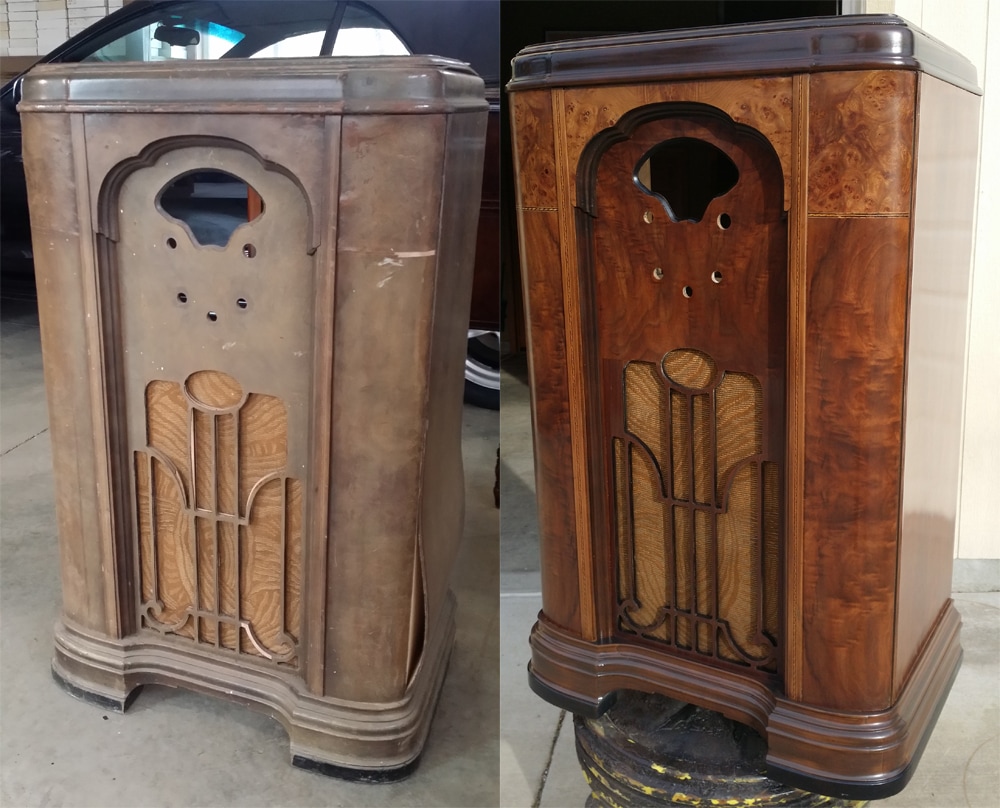
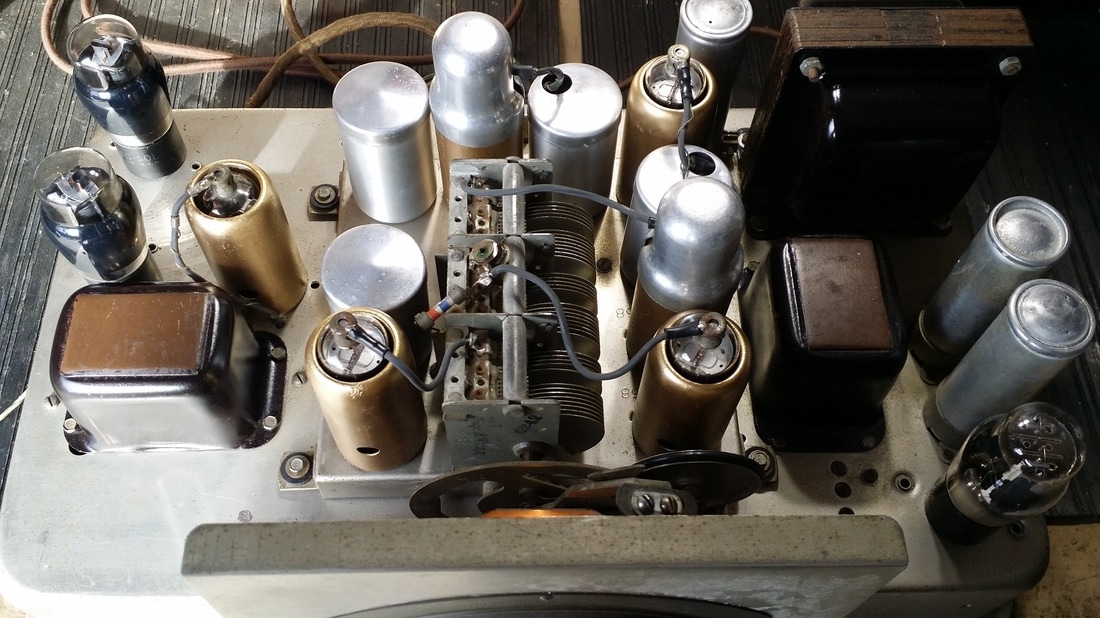

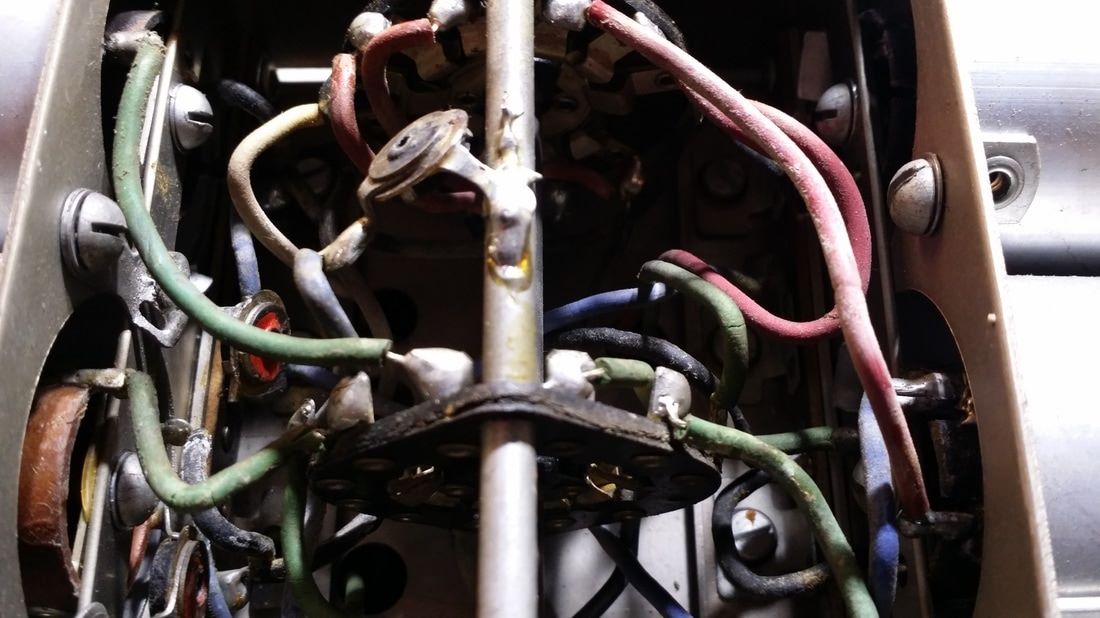
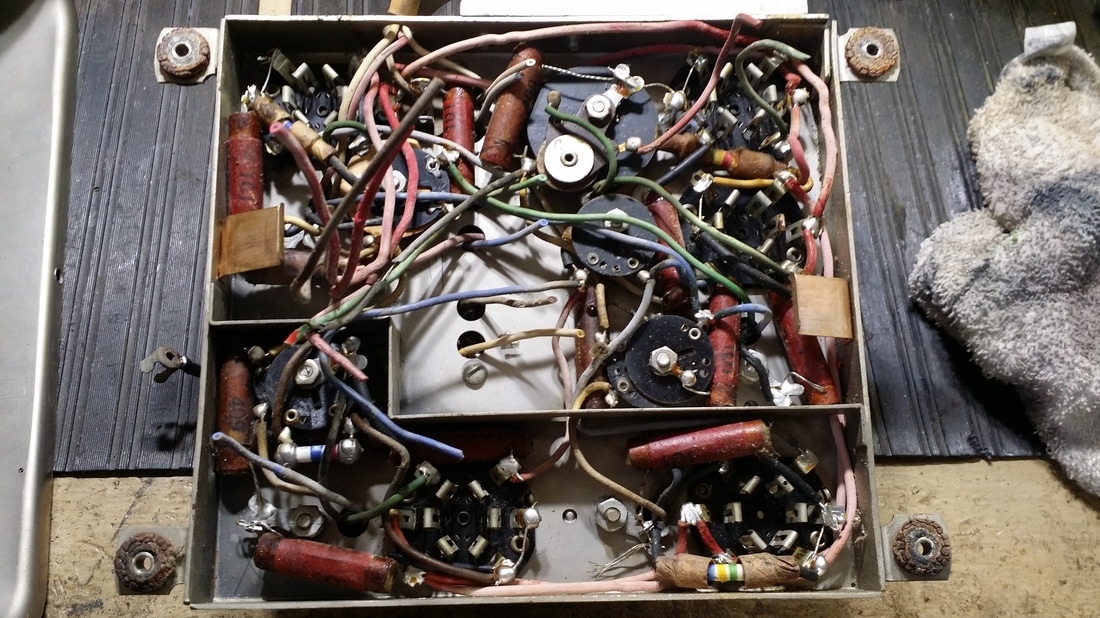
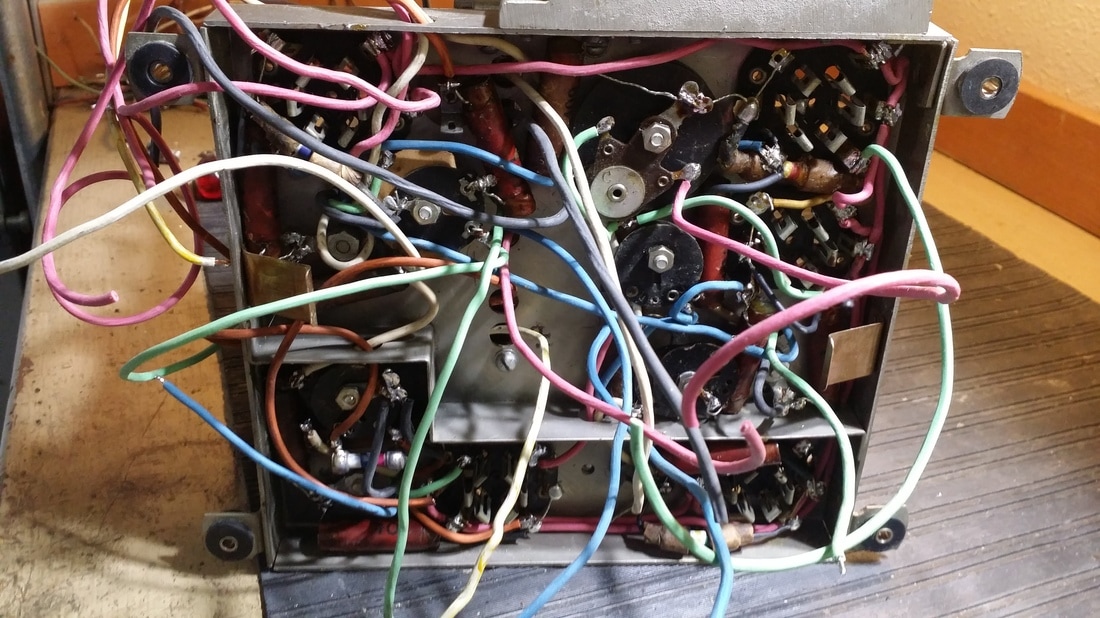
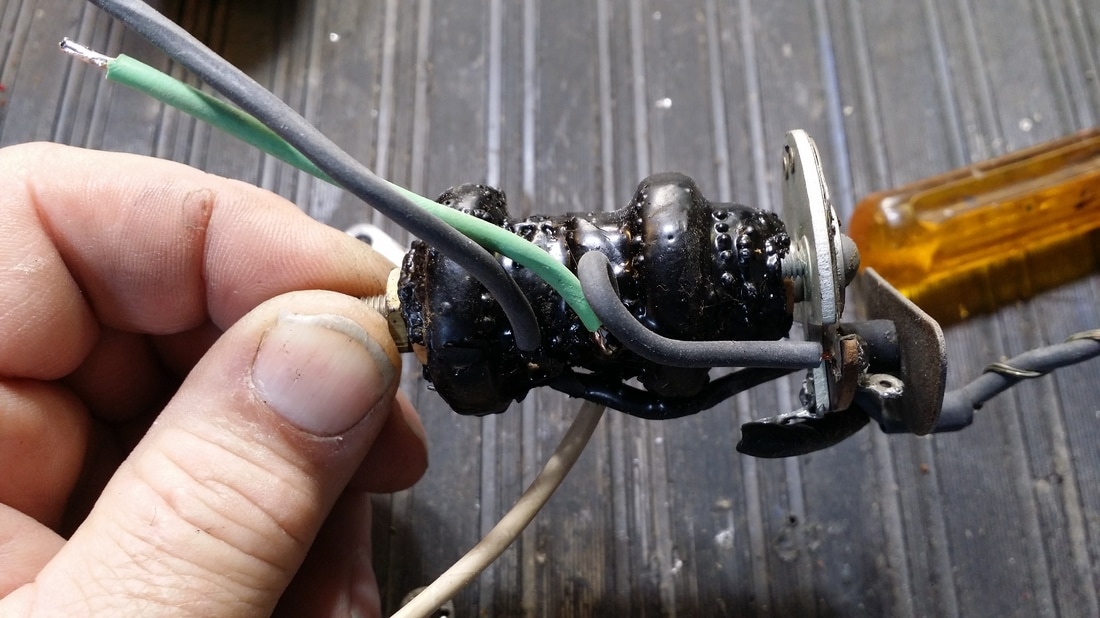
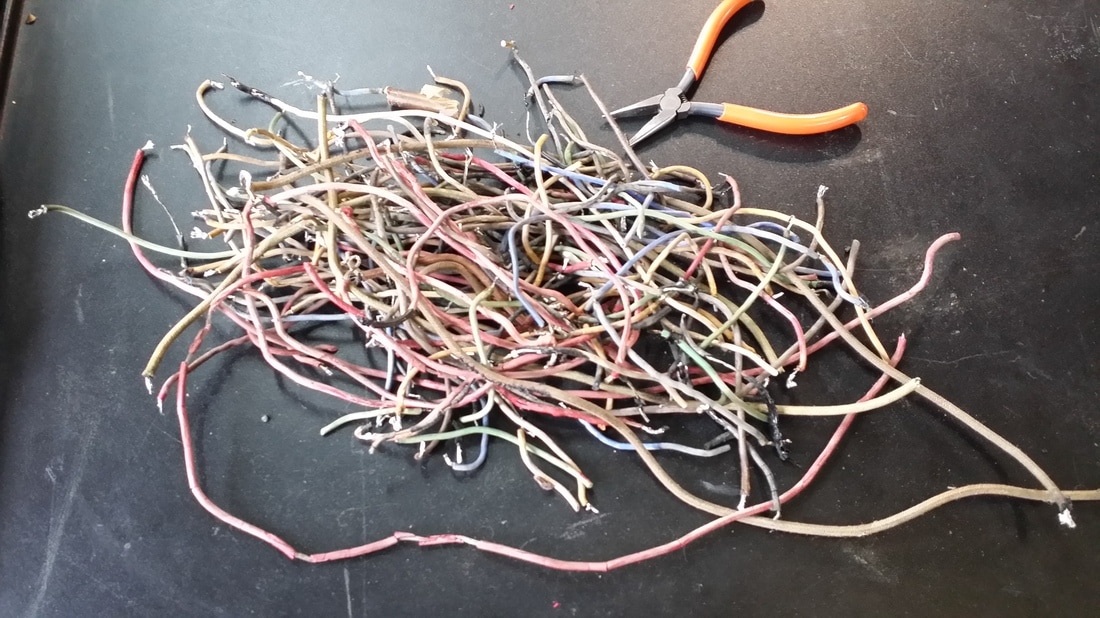
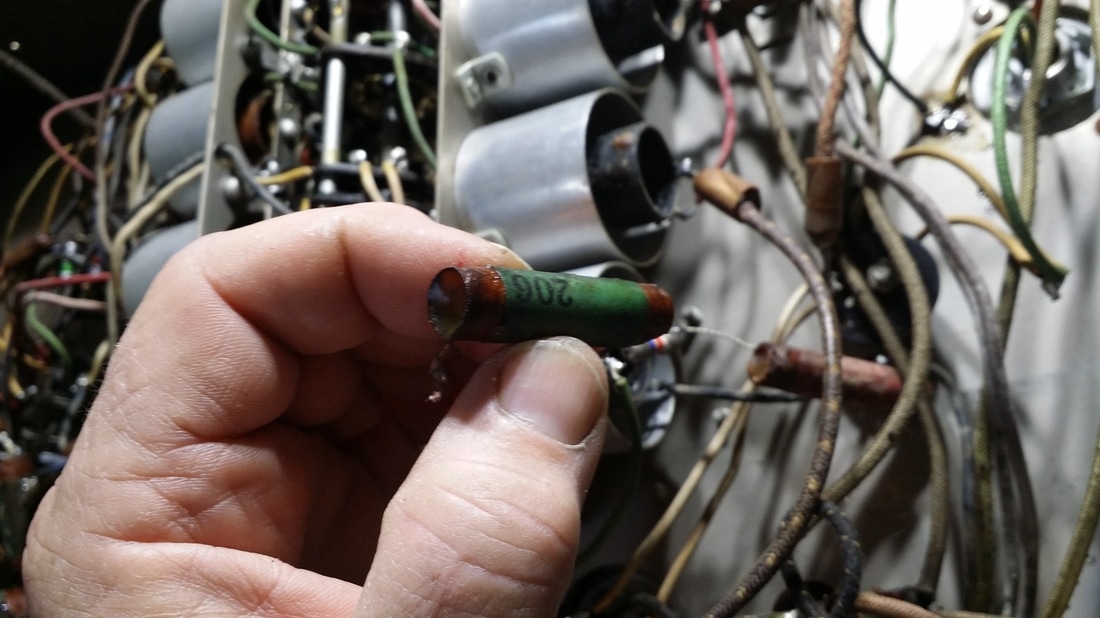
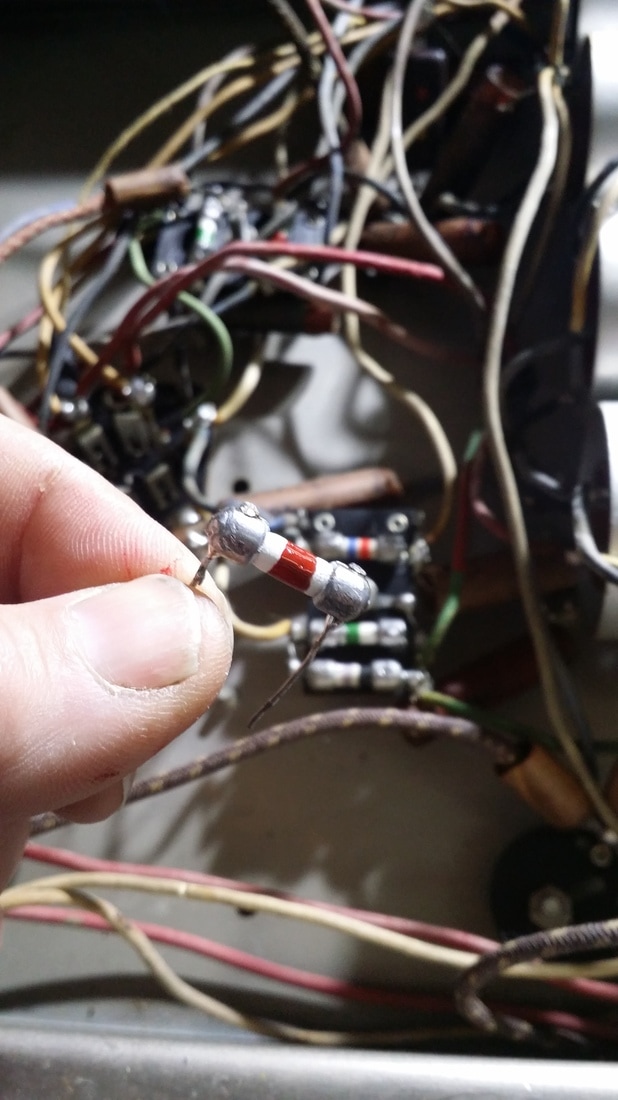
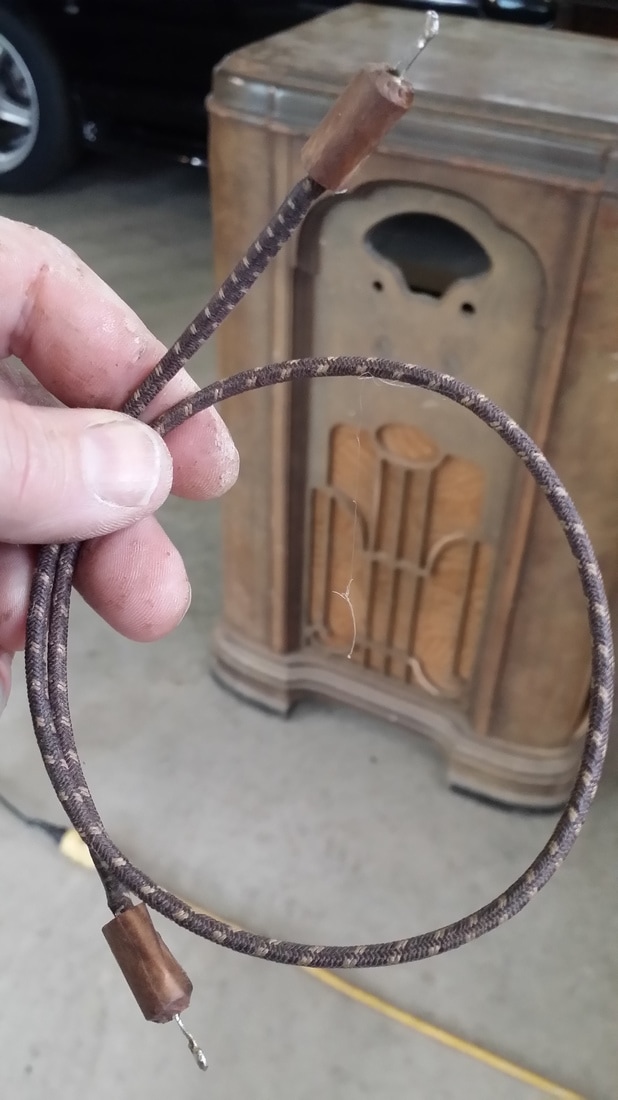
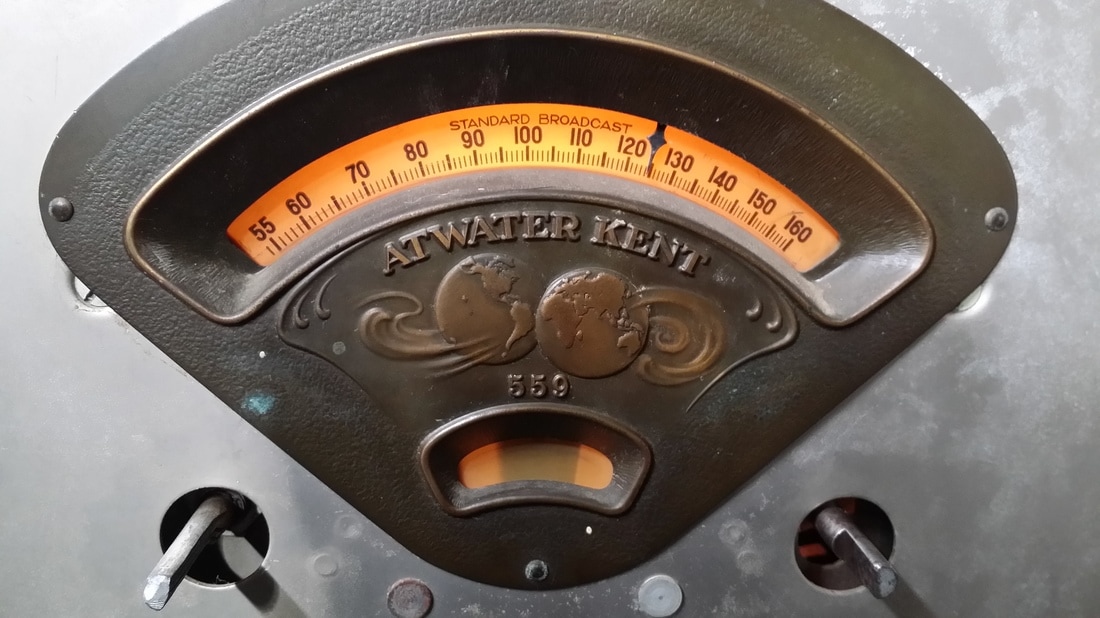
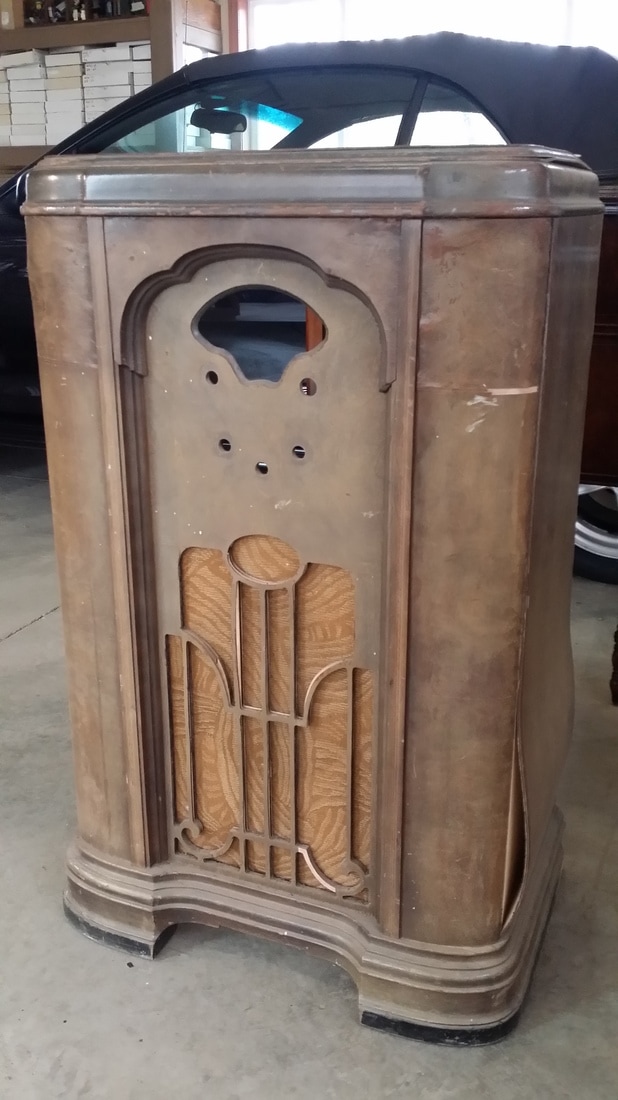
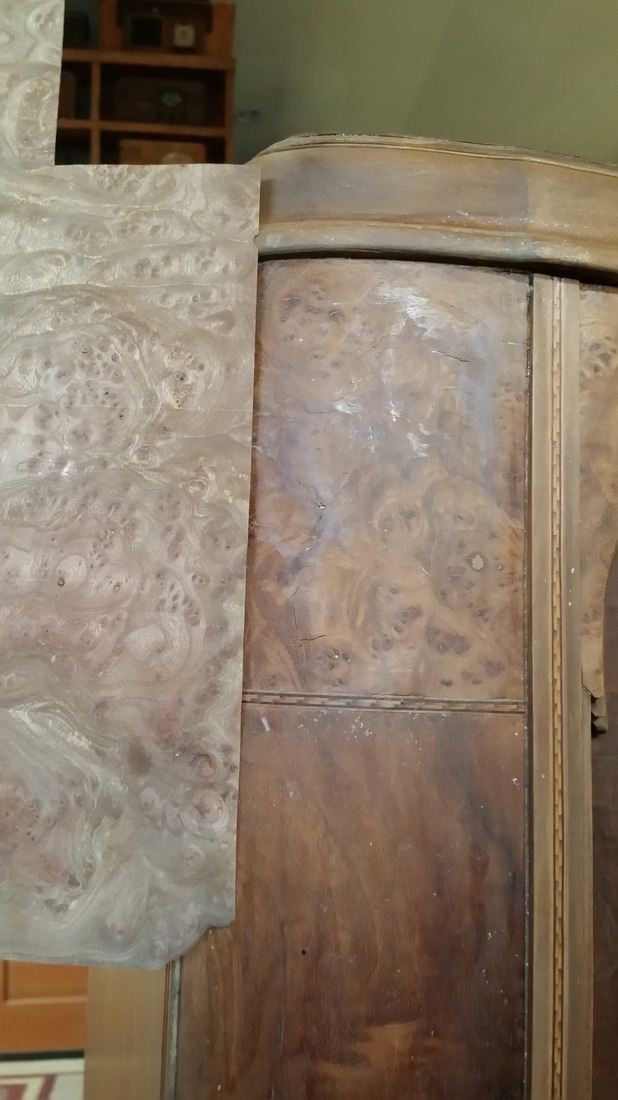
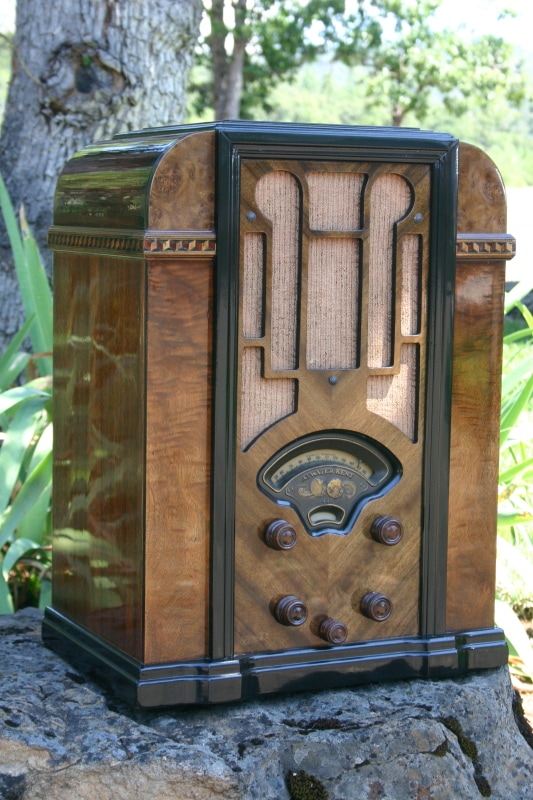
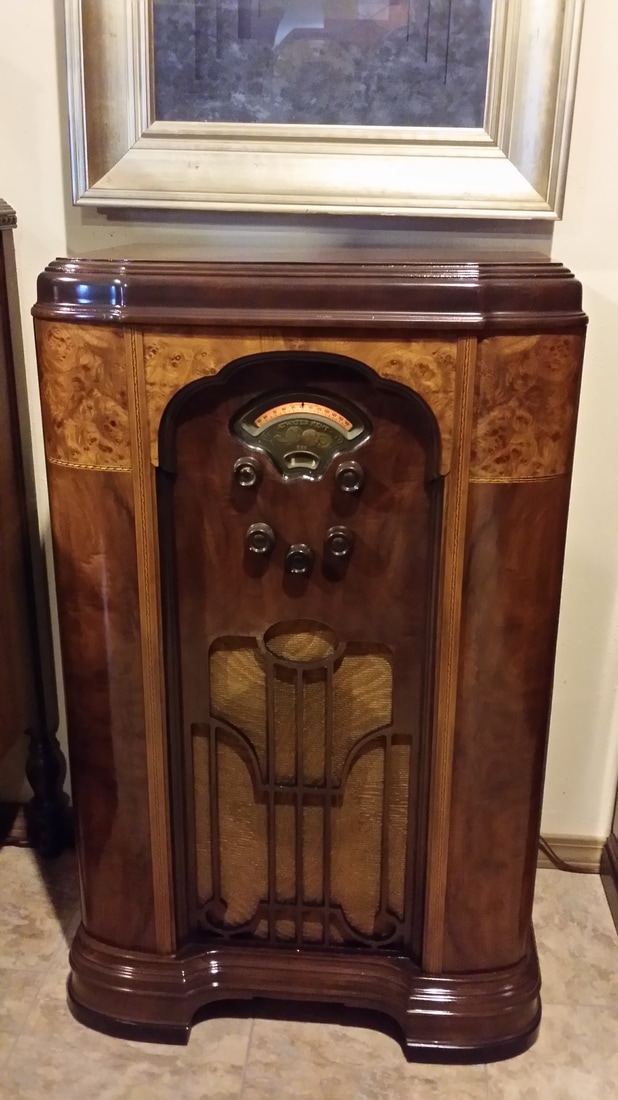
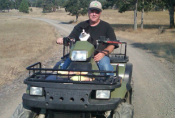
 RSS Feed
RSS Feed